Plant ID 1
1/83
There's no tags or description
Looks like no tags are added yet.
Name | Mastery | Learn | Test | Matching | Spaced |
|---|
No study sessions yet.
84 Terms
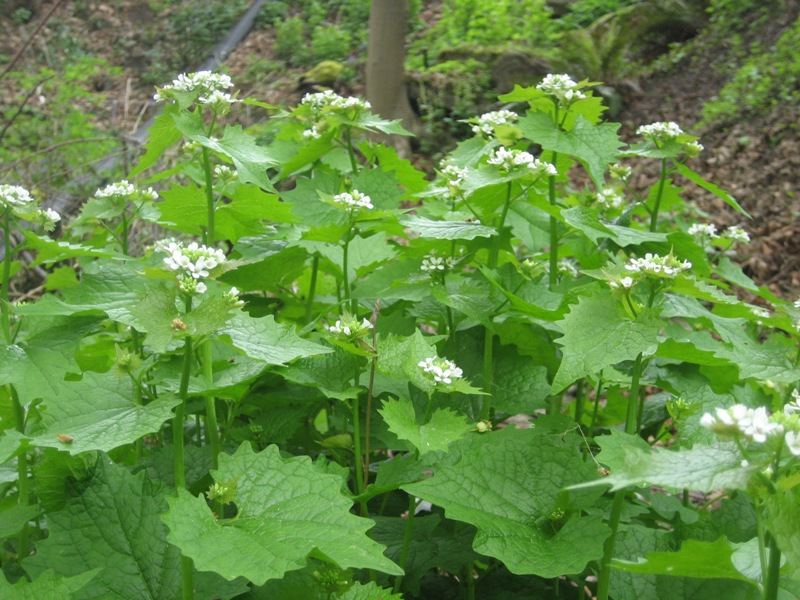
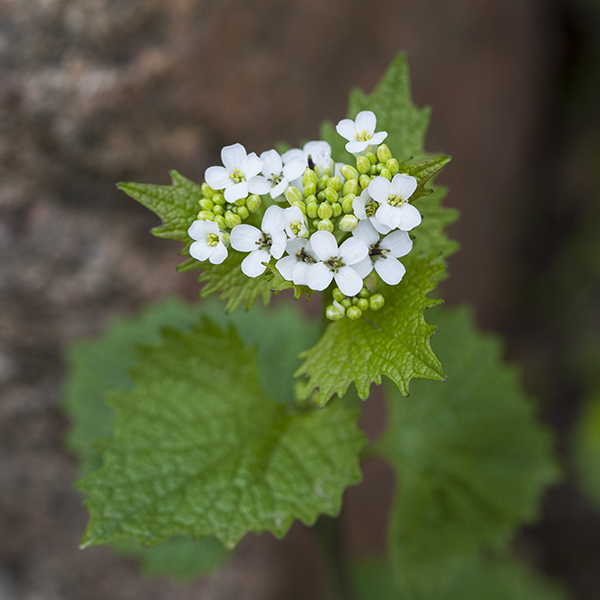
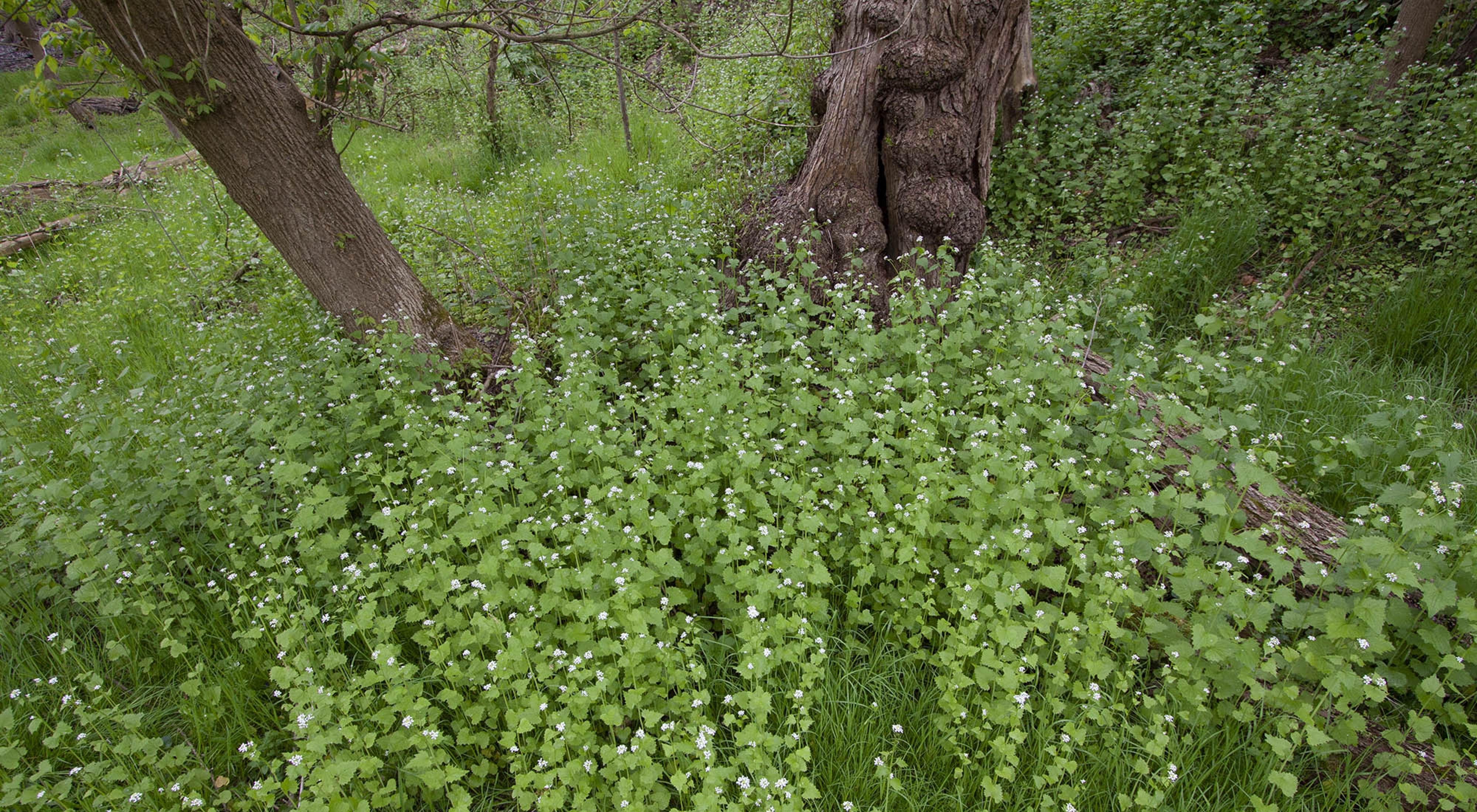
Garlic Mustard, Alliaria petiolata - WEED
hand pull, from Europe
small 4 peteled white flowers, textured palmate leaves that are doubly toothed,
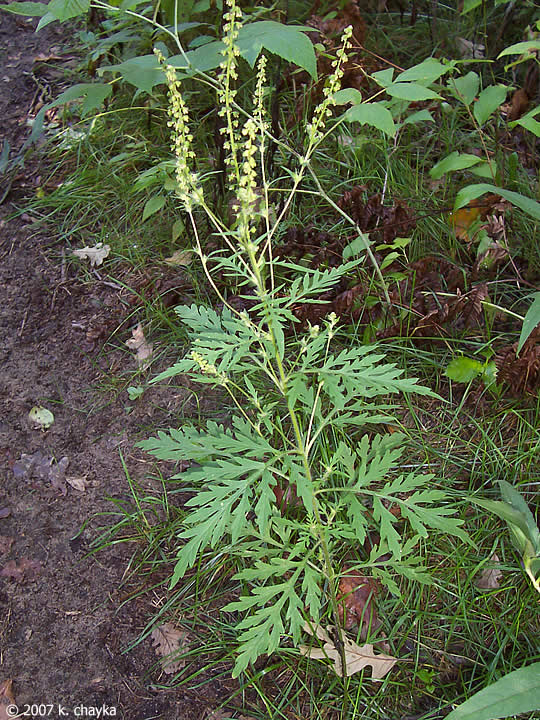
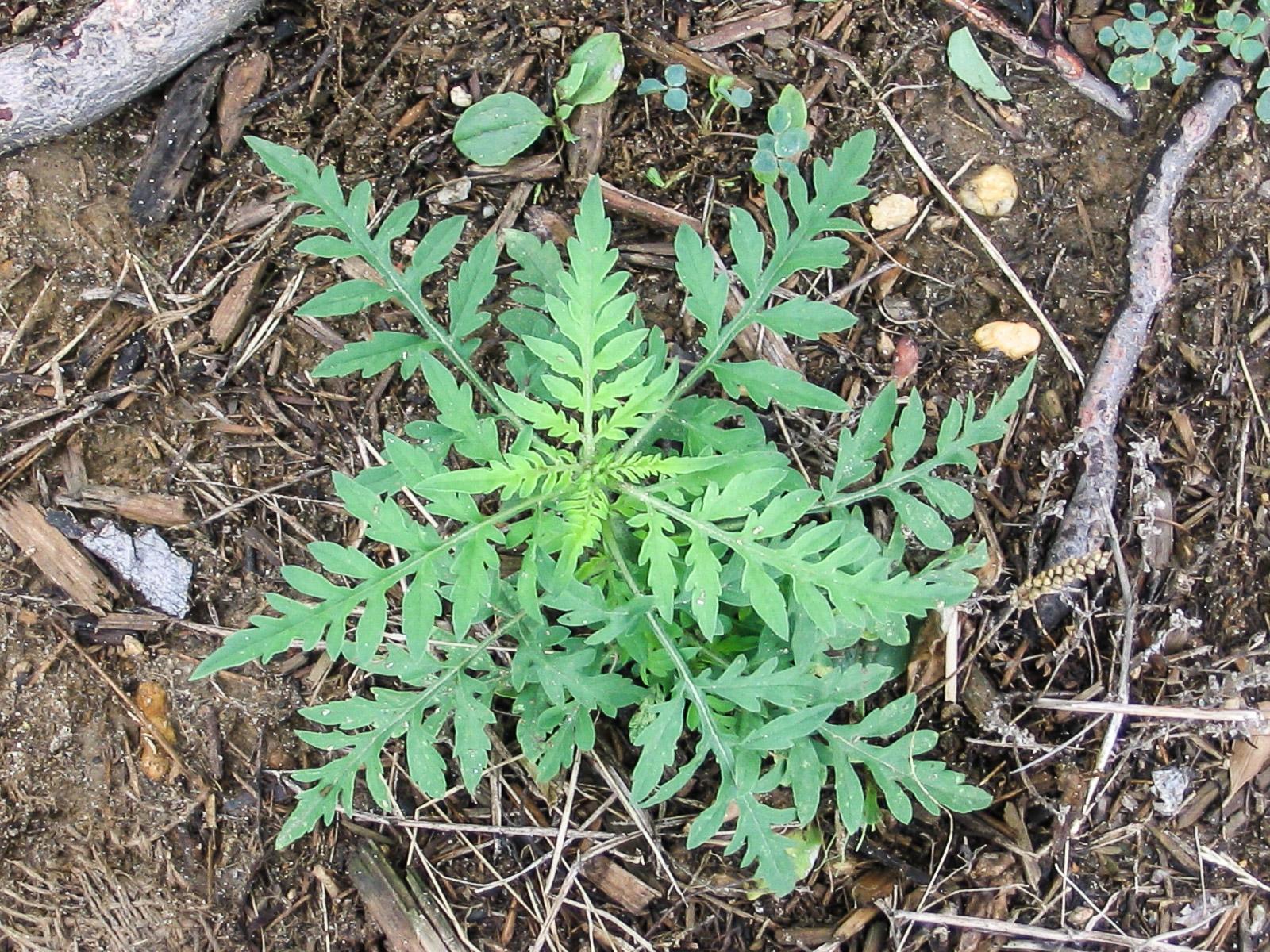
Common Ragweed, Ambrosia Artemistiifolia - WEED
Cutting, 3% glyphosate,
fernlike, interesting leaf pattern, lobed leaves that are pinnate
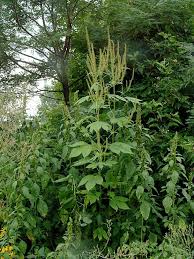
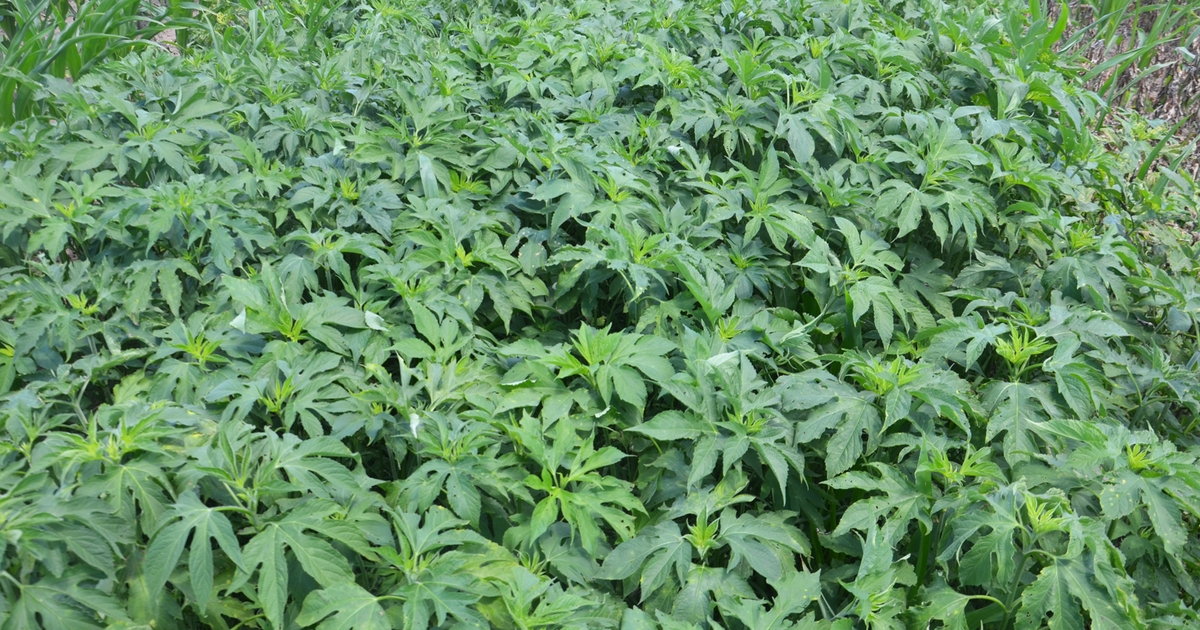
Giant Ragweed, Ambrosia Trifida - WEED
strobili found on top in summer, palmate lobed almost forked leaf pattern, huge,
Mowed or 3% glyphosate
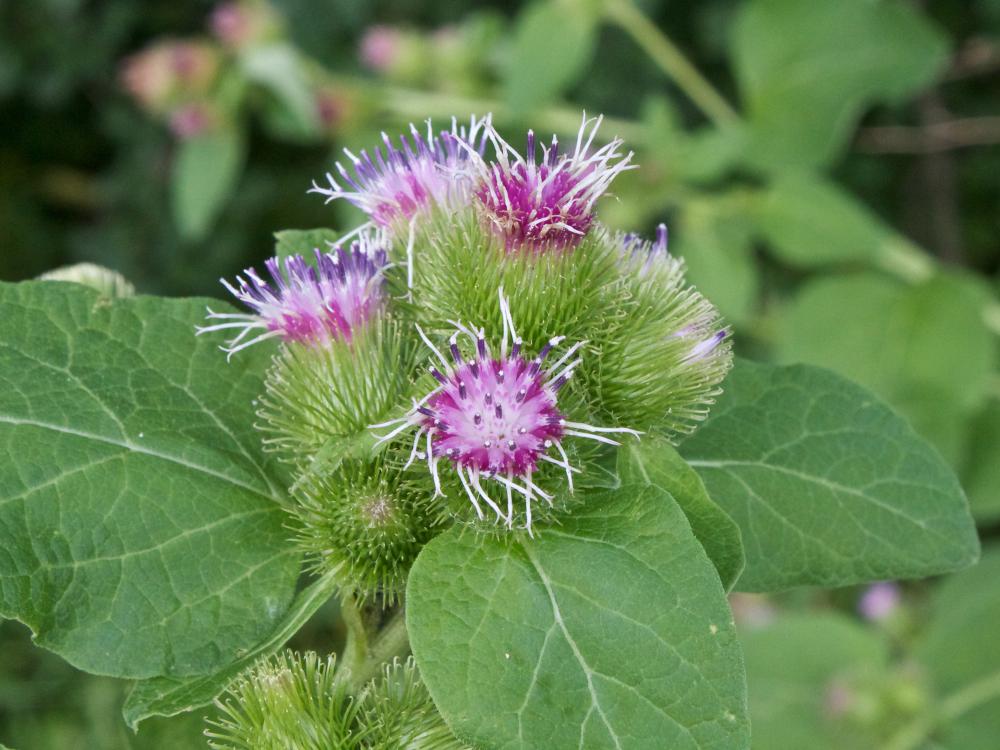
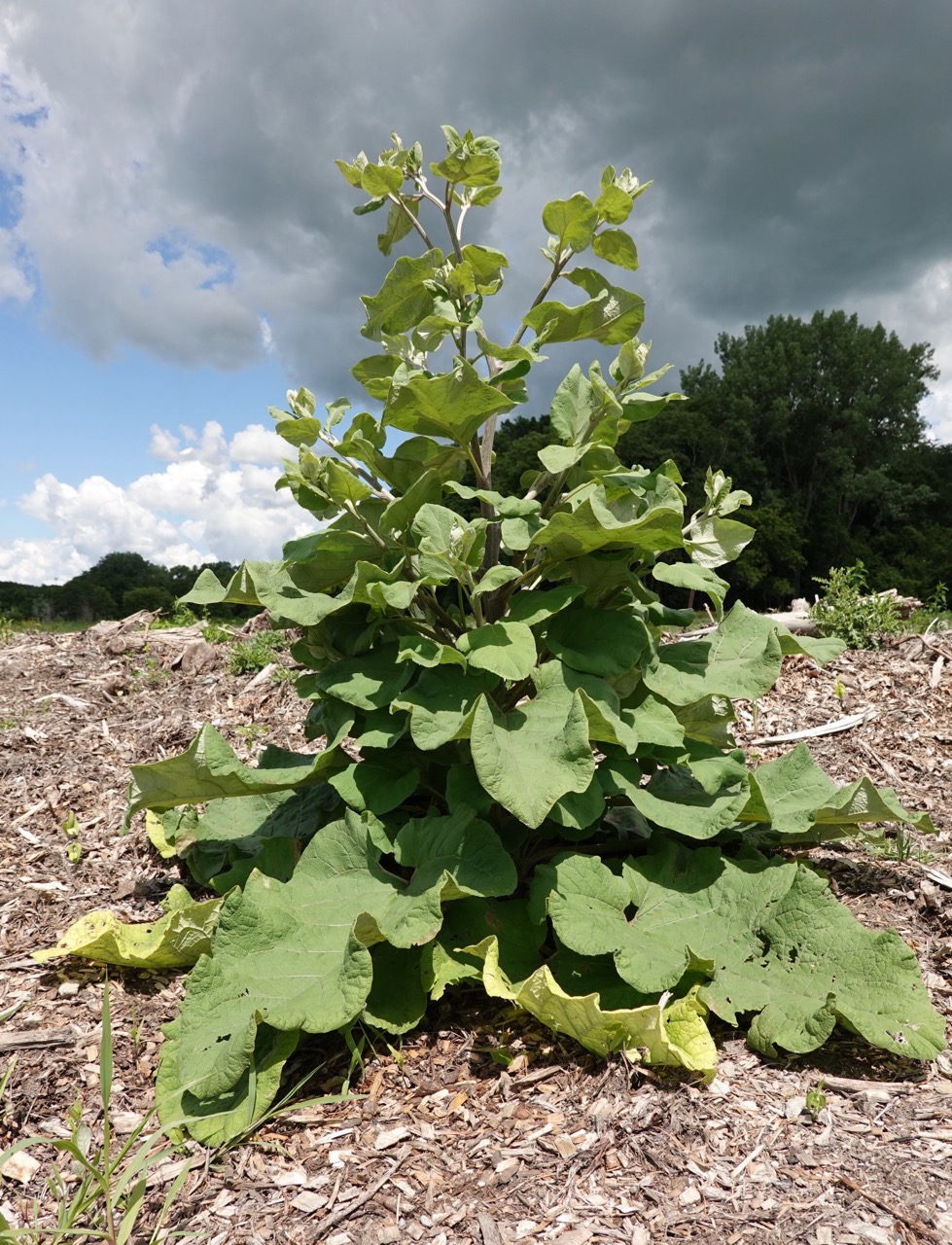
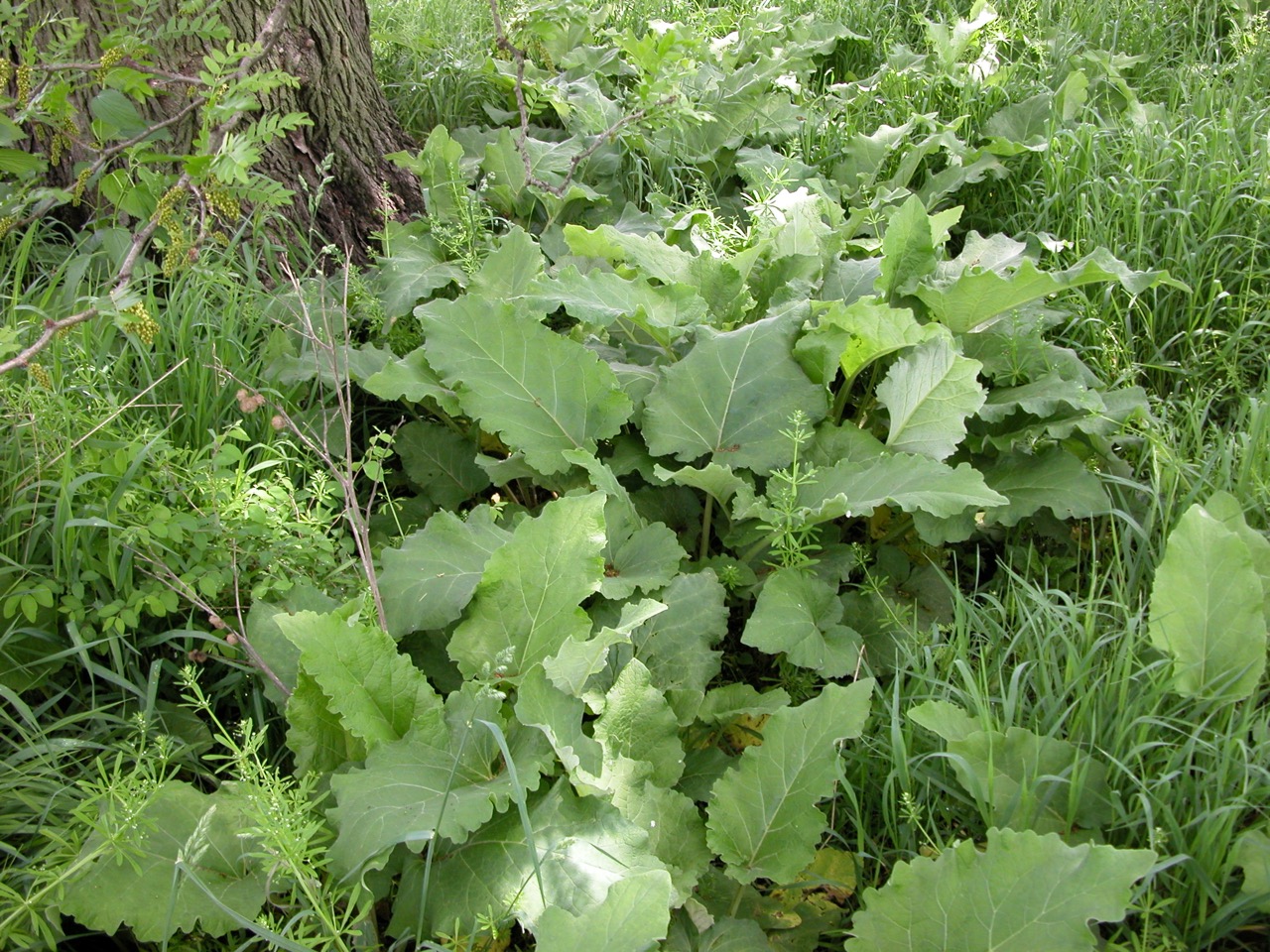
Common Burdock, Arctium Minus - WEED
large pinnate rippled leaves, thistle-like flowers with purple-white, burred seed packets,
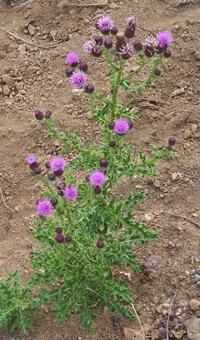
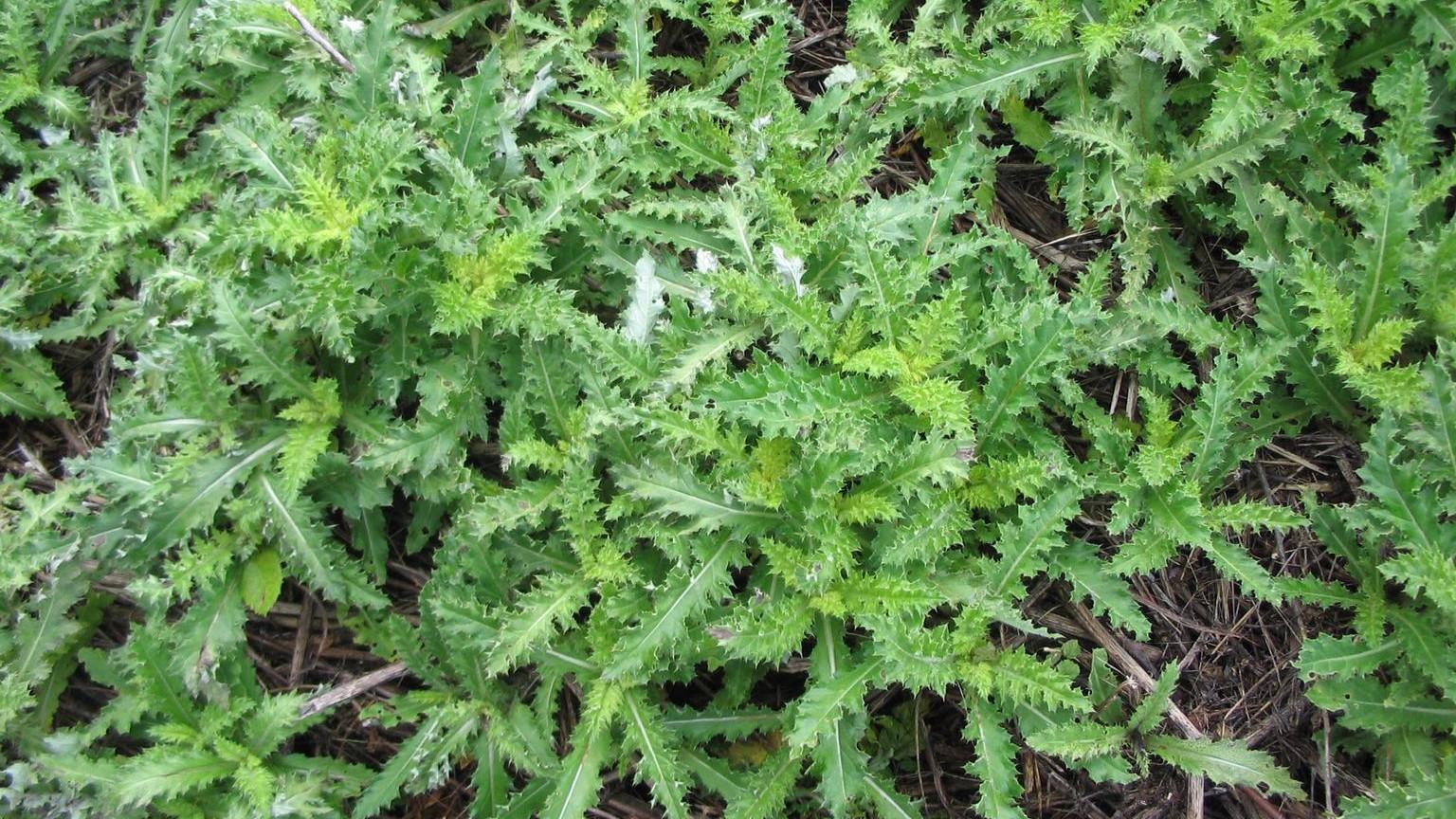

Canada Thistle, Crisium Arvense - WEED, REPORT
perennial, irregularly lobed leaves, purple thistle shaped flowers, spreads rapidly via rhizomes.
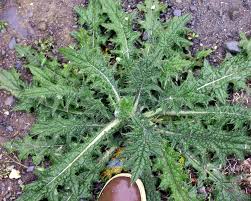

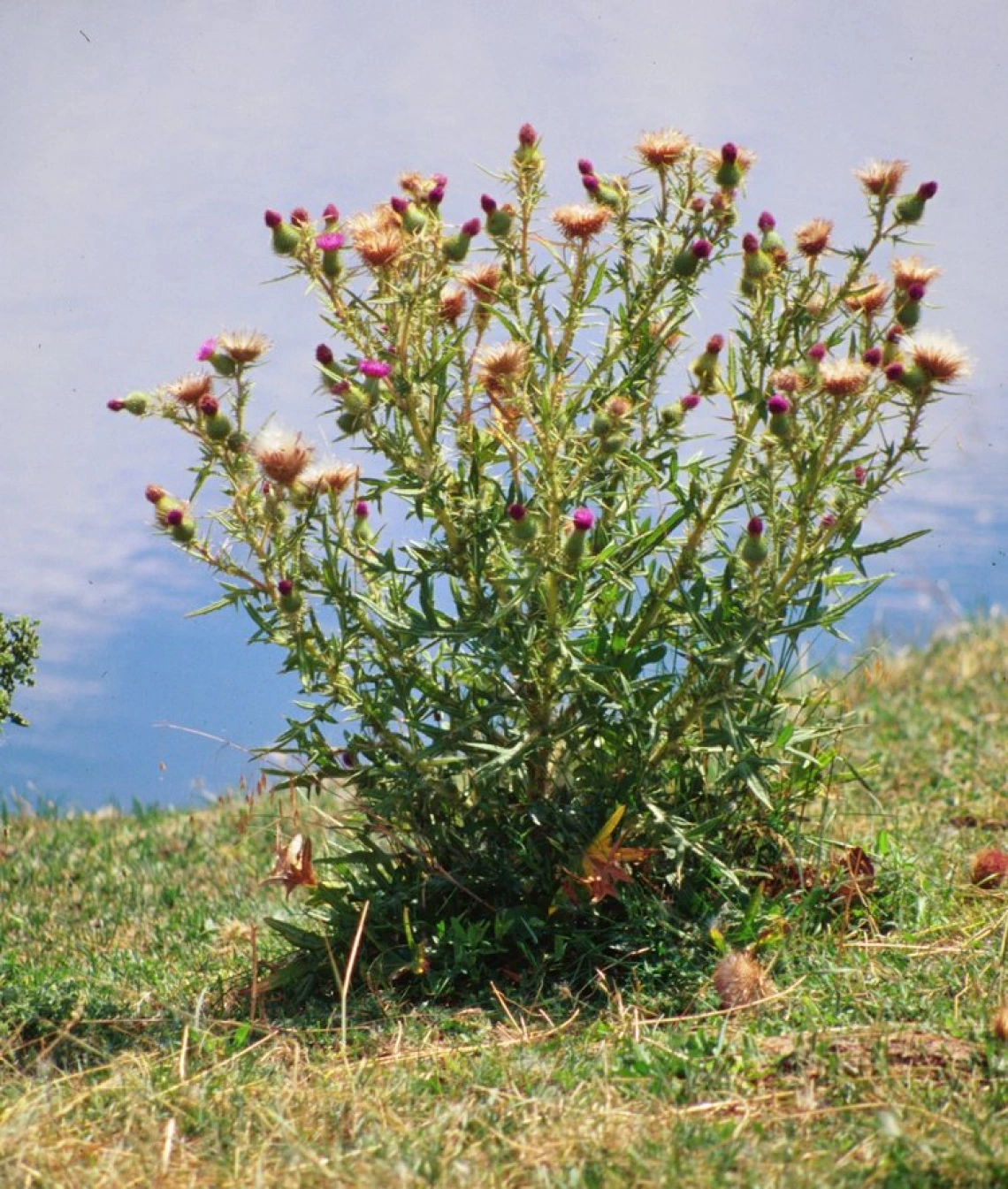
Bull Thistle, Crisium Vulgare, - WEED
Branched, hairy, spiked, with leaves referred to as “winged”, Purple flowers in usual thistle shape (pear-like), leaves are smaller and less prominent compared to Canada thistle, they also have white haired bottom

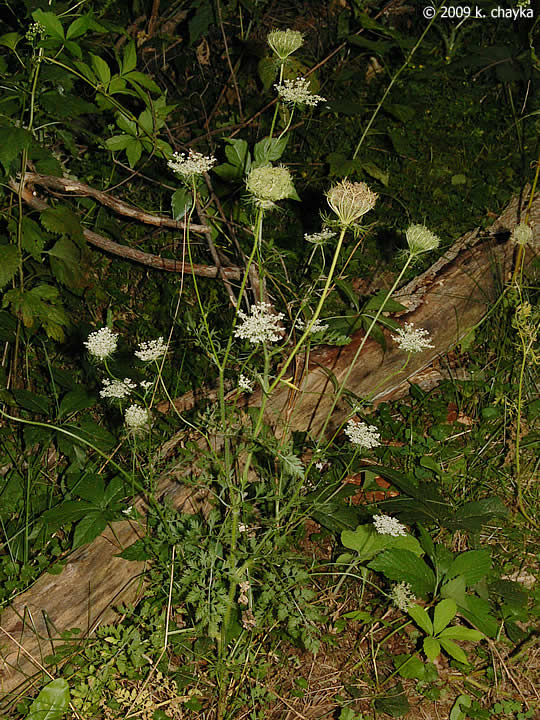
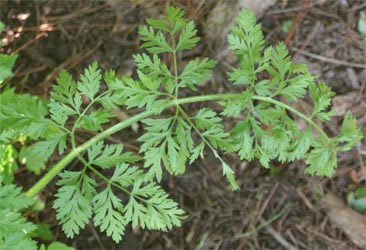
Queen Anne’s Lace, Daucus Carota - WEED
lacy white flowers, large leaves with fine pinnately divided resembling parsley, very thin stem
pulling, and repeated mowing, these are wild carrots, we eat a domestic version of these!
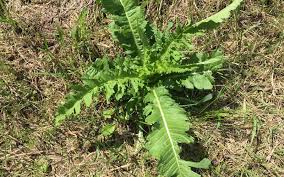

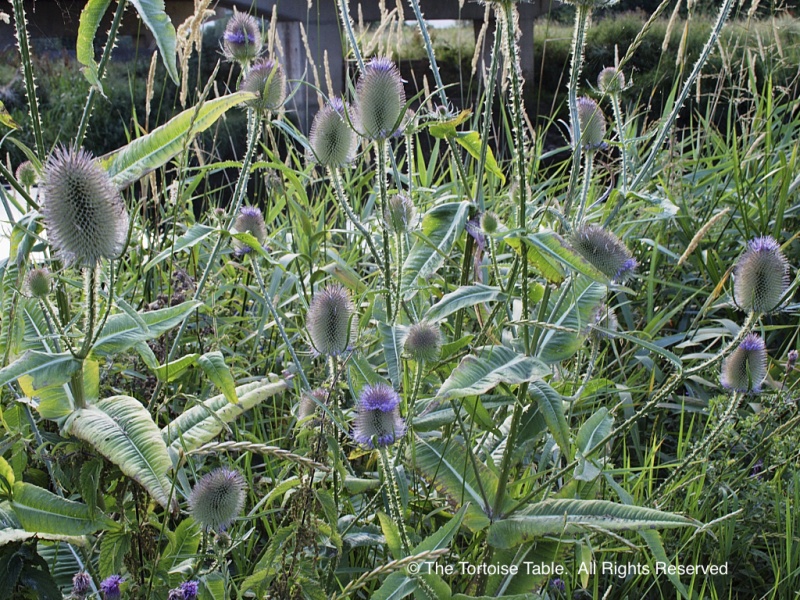
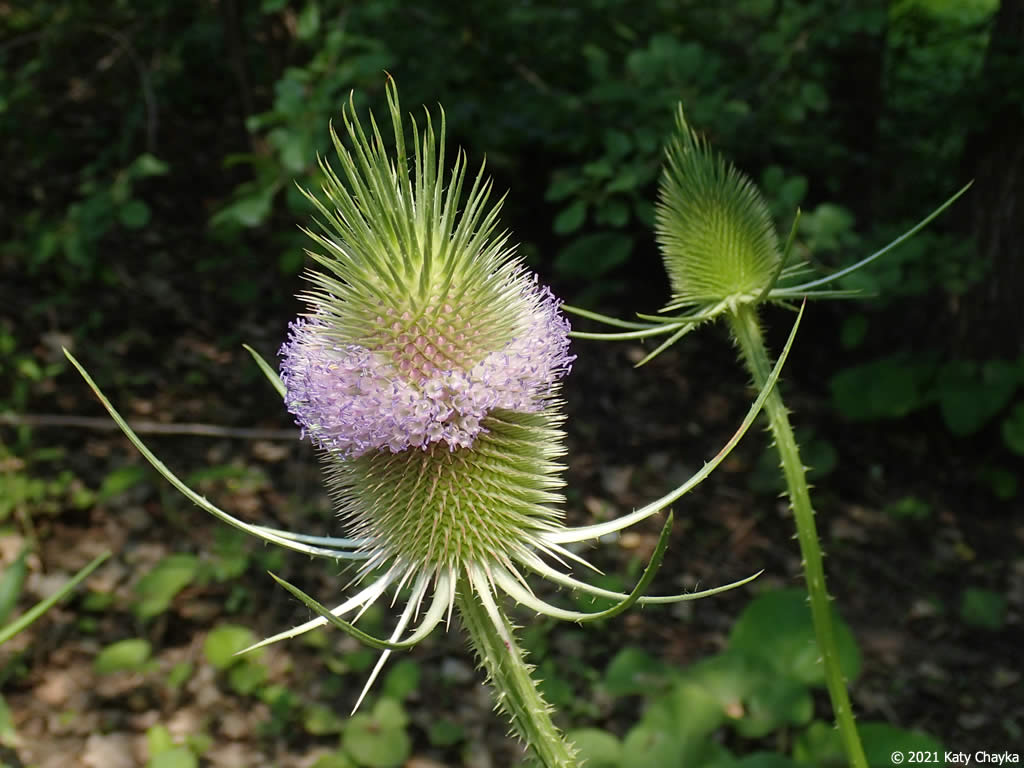
Teasel, Dipsacus Spp. - WEED
Lance shaped (Common or Fuller’s) or deeply lobed leaves (Cutleaf), form cups around main stem, white (Cutleaf), pink, or purple flowers (Common) oval shaped flower heads, which are surrounded by at base by up-curving bracts
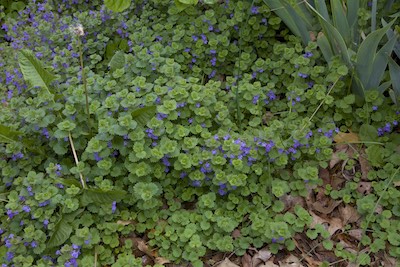
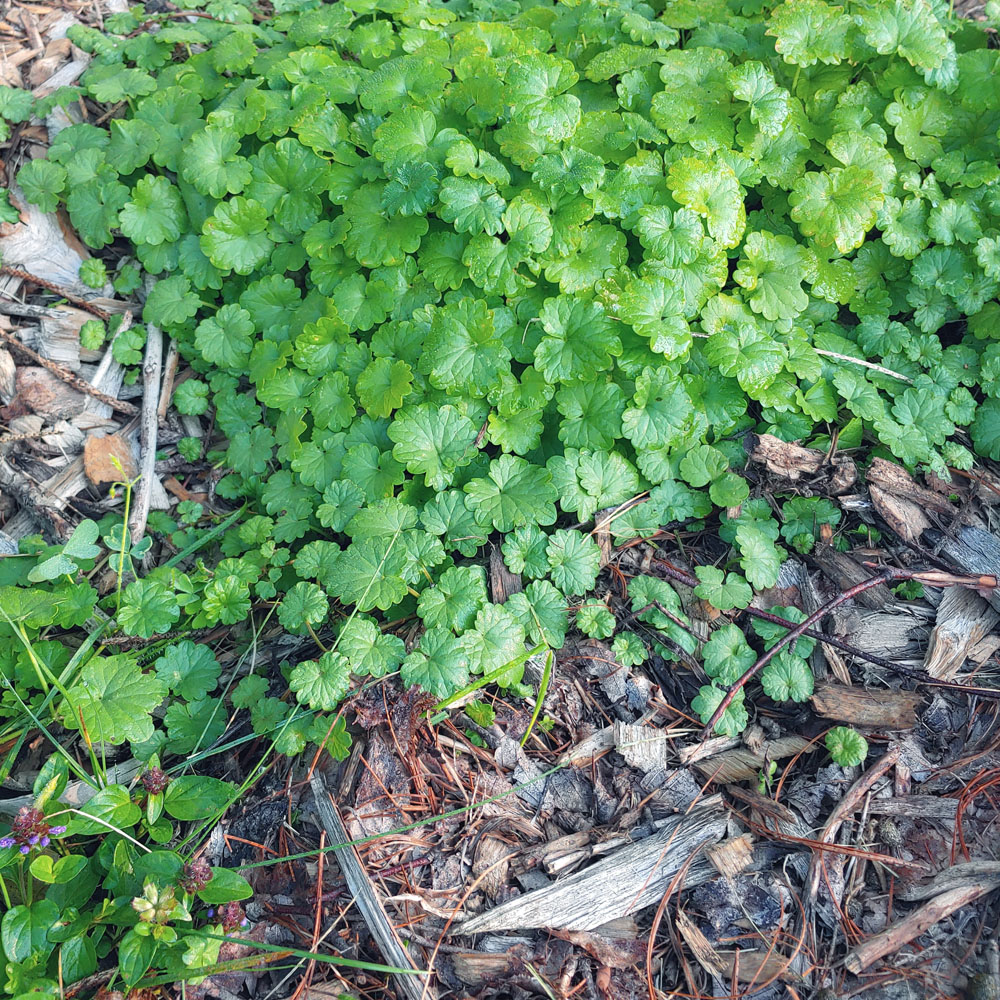
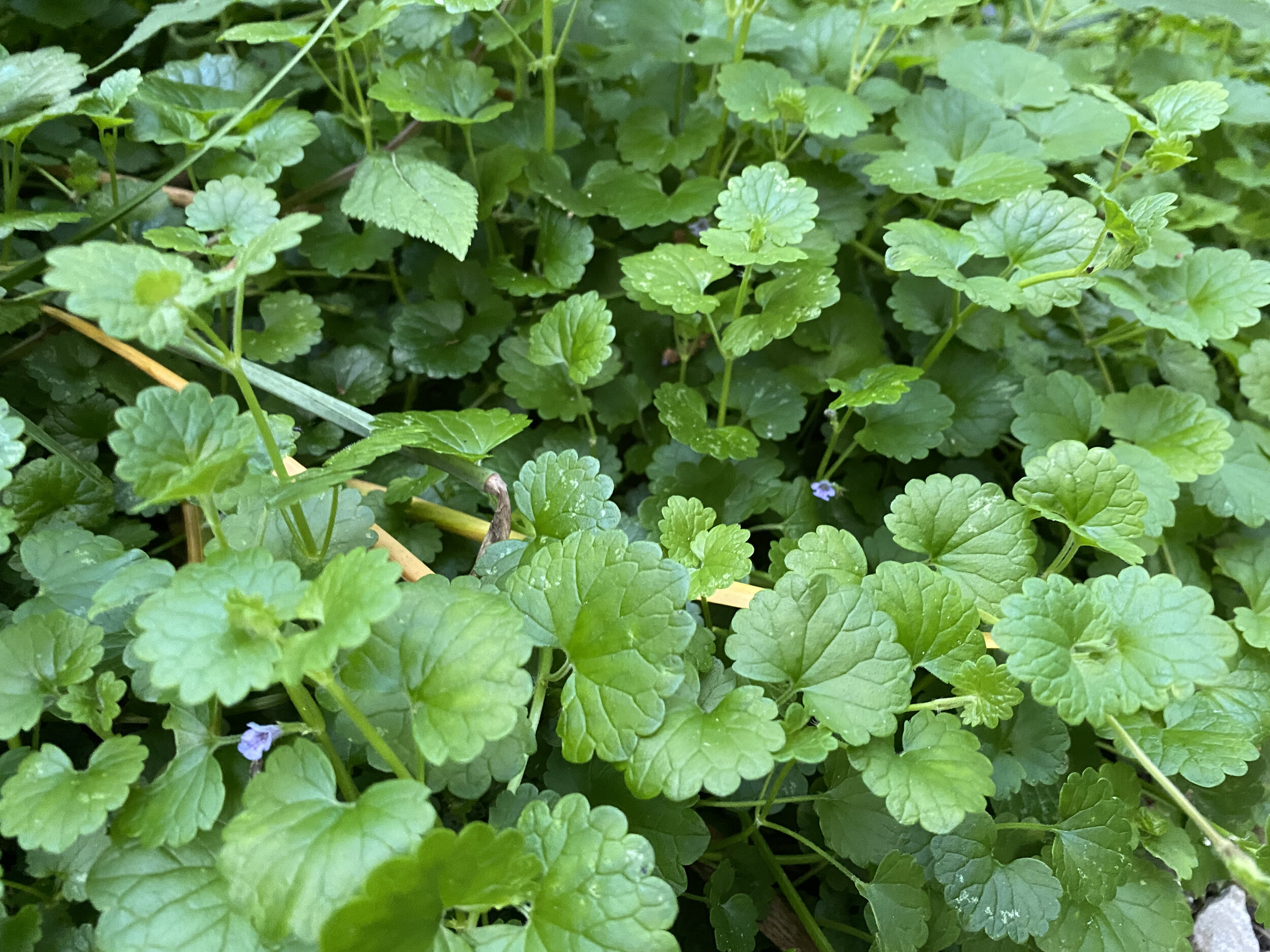
Creeping Charlie, Glechoma hederacea - WEED
groundcovering, opposite leaves, minty smell, purple iris-like flowers, pull or apply glyphosate when other plants are dormant
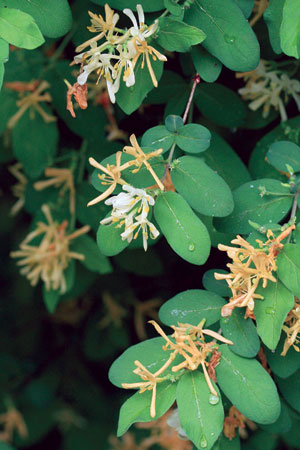
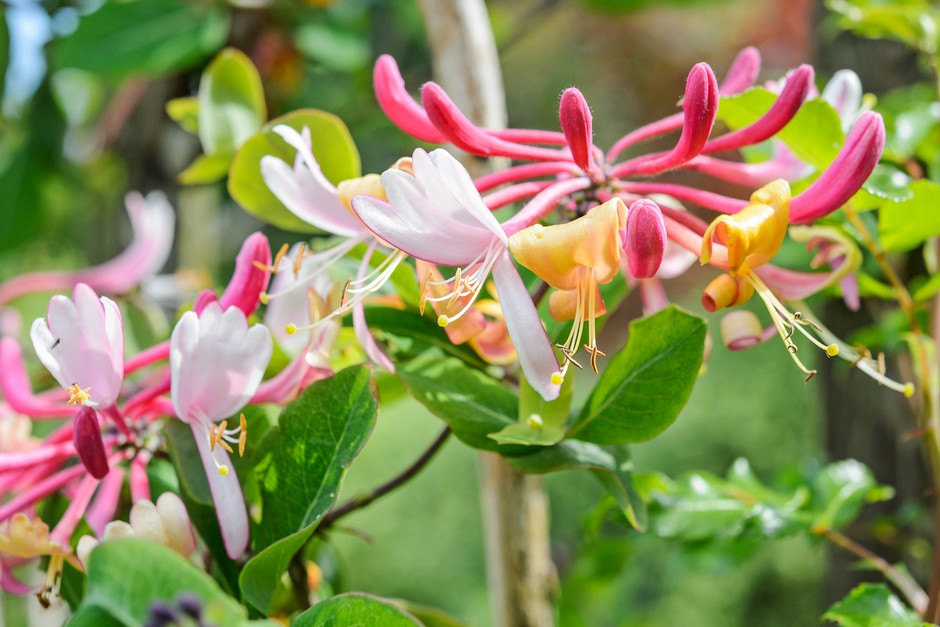

Honeysuckle, Lonicera Spp. - WEED CHECK
Opposite pinnately compound leaves, bright red berries, white, pink, or yellow trumpet flowers, flakey and fibrous tan bark, handpulled when sapling otherwise apply 50-75% glyphosate as soon as you cut stem, SOME SPECIES ARE NATIVE
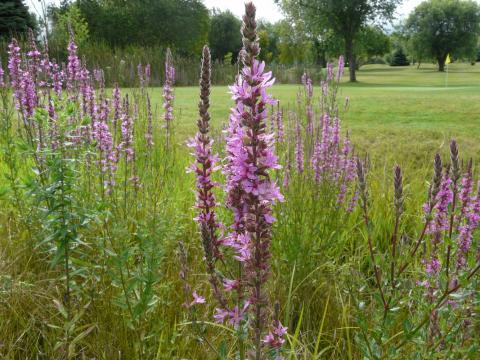
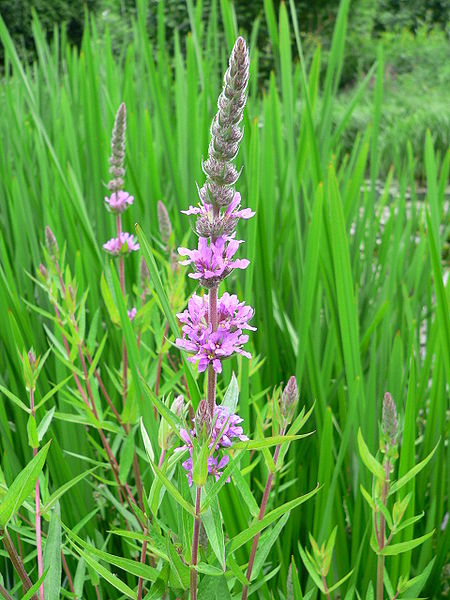
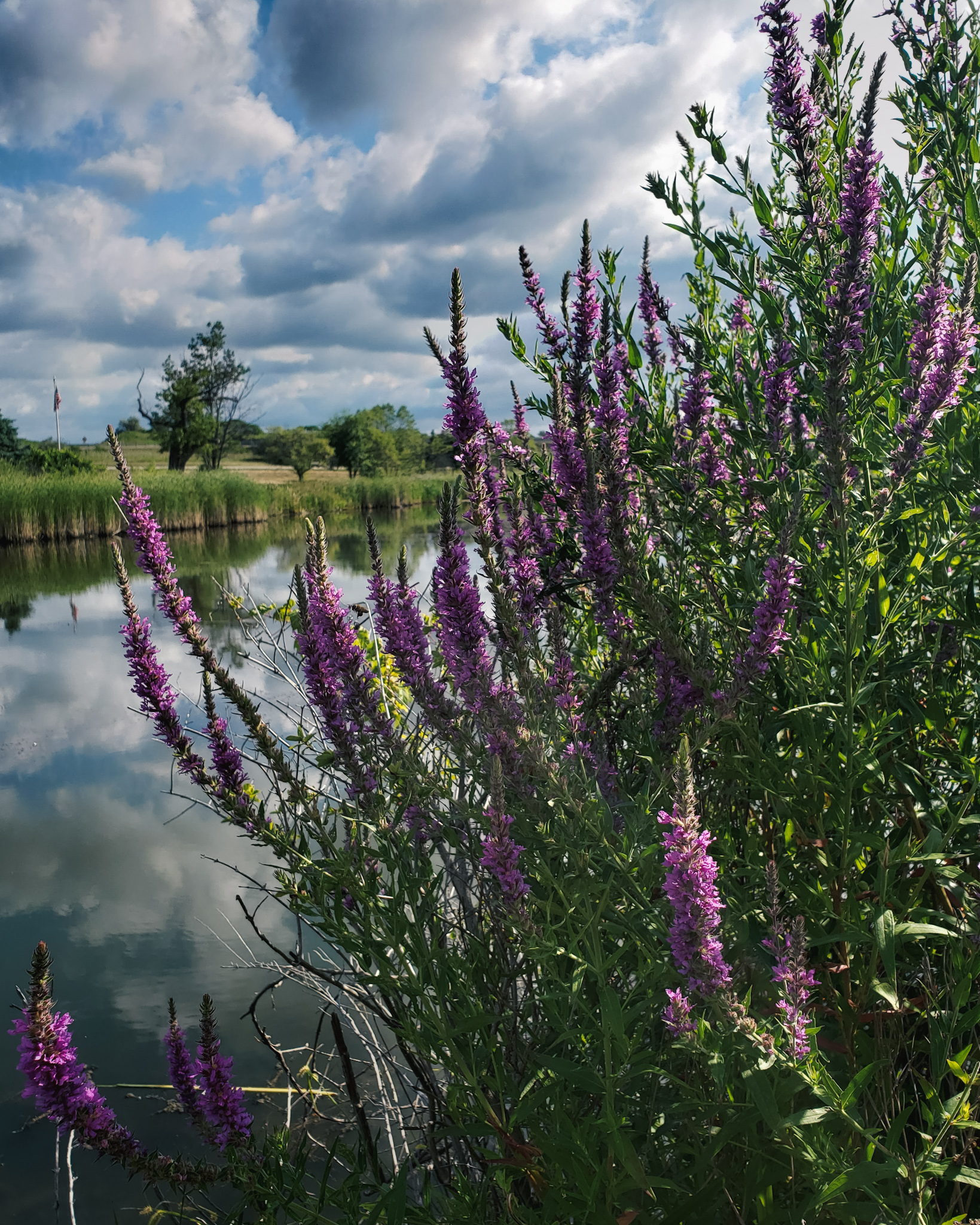
Purple Loosetrife, Lythrum Salicaria - WEED CHECK
Square stems that can appear woody at base, leaves are whorled and pinnate with smooth spike-like shape, Pink to purple flowers, NATIVE SPECIES HAVE YELLOW FLOWERS OR ARE SMALLER IN SIZE, younger plants can be pulled, must be bagged carefully, glyphosate should be applied to cut stems.
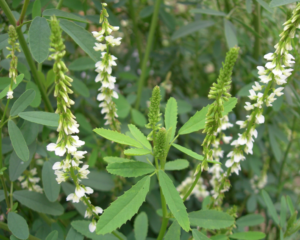
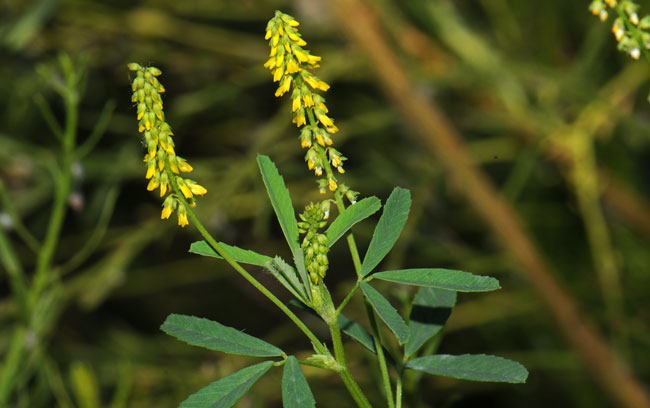
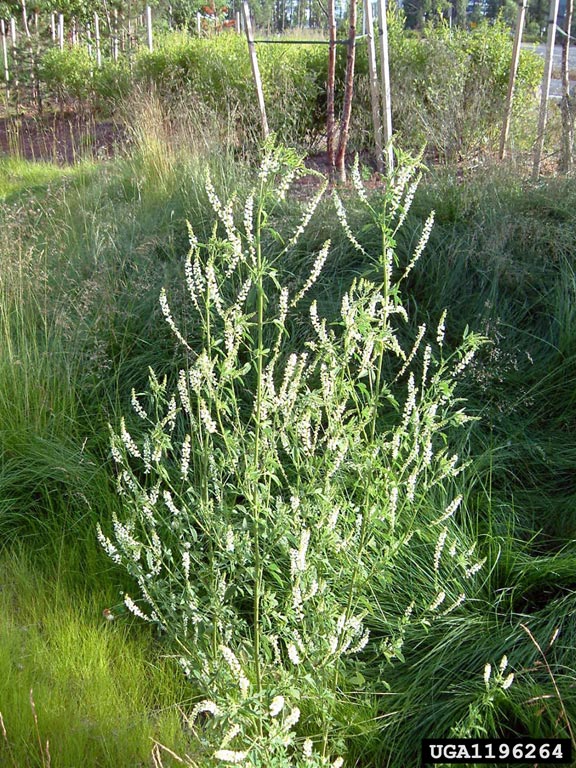
Sweet Clover, Melilotus spp. - WEED
delicate structure, three sets of pinnately compound leaves that are finely toothed and rounded at the top, white or yellow flowers in long clusters,
Pull younger plants, mowing, burning can help at first but will hurt in the end
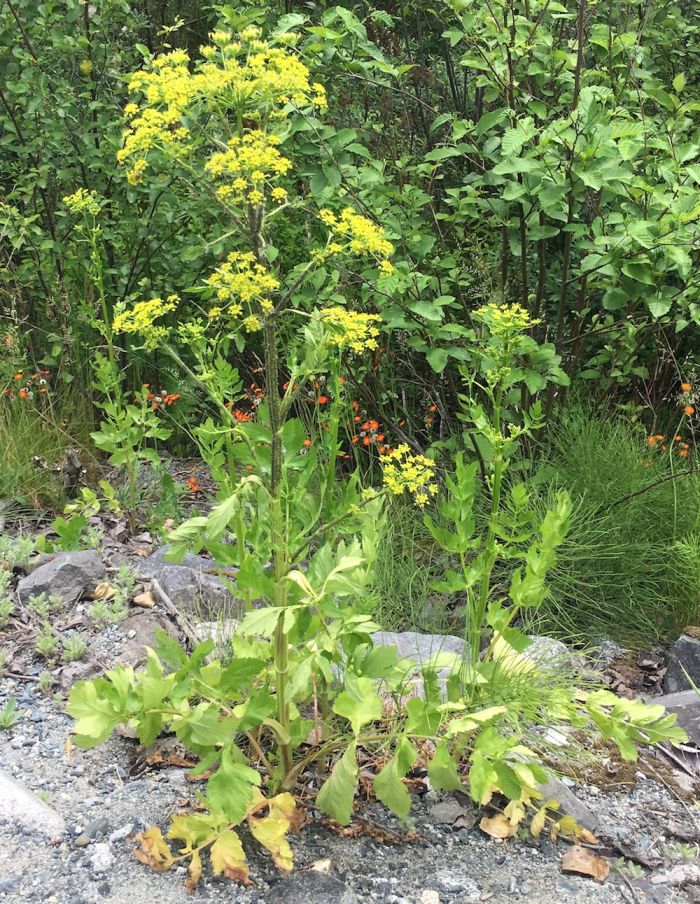

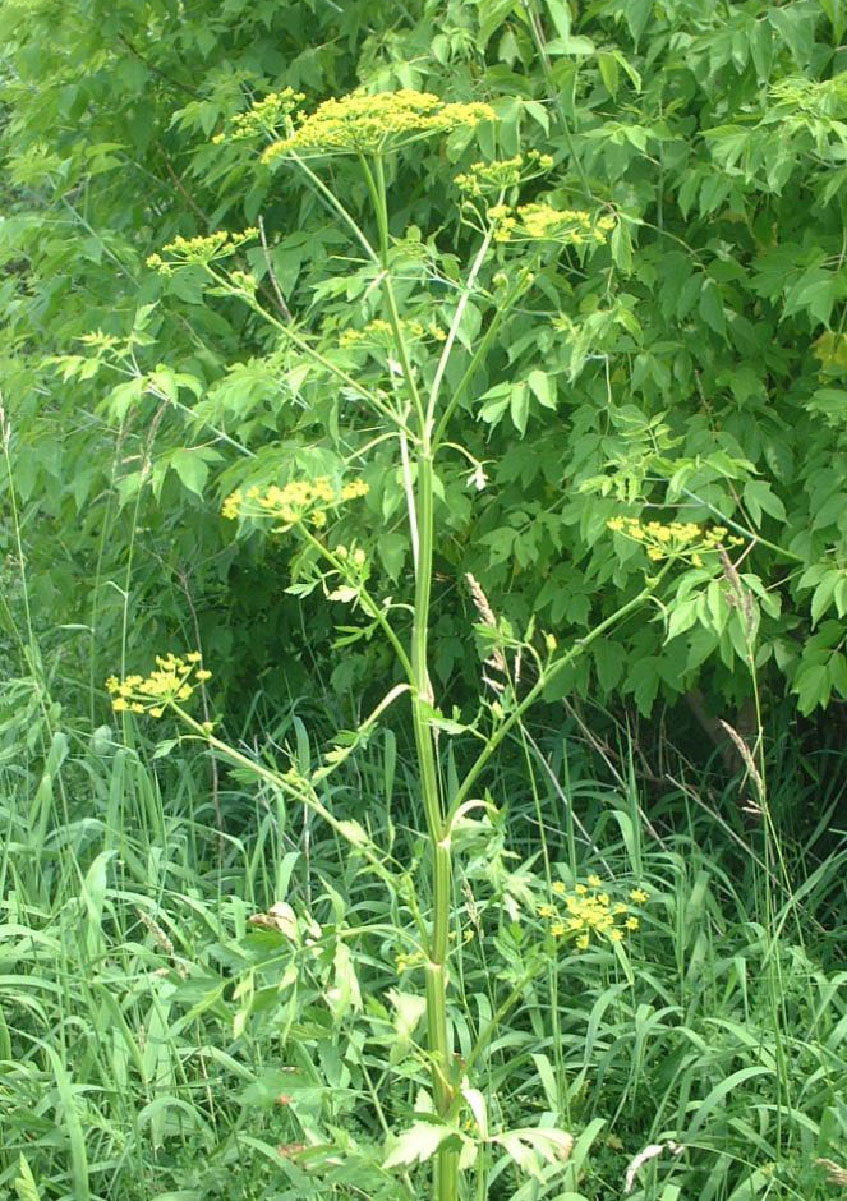
Wild Parsnip, Pastinaca sativa - WEED CHECK
looks similar to golden alexanders but is larger and blooms later, count leaflets Wild Parsnip has 7 OR MORE leaflets on its basal leaves, tall stems with leafy bottoms, pinnately compound opposite leaves small yellow flowers in clusters.
2% glyphosate, pulling, DO NOT TOUCH WITH EXPOSED SINK UNLESS WEARING SUNSCREEN
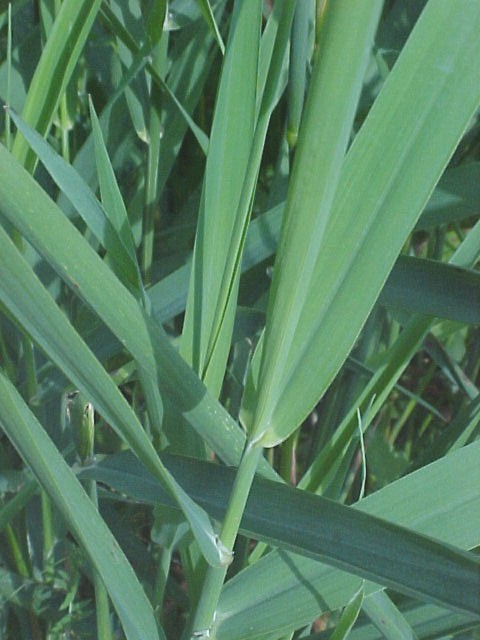
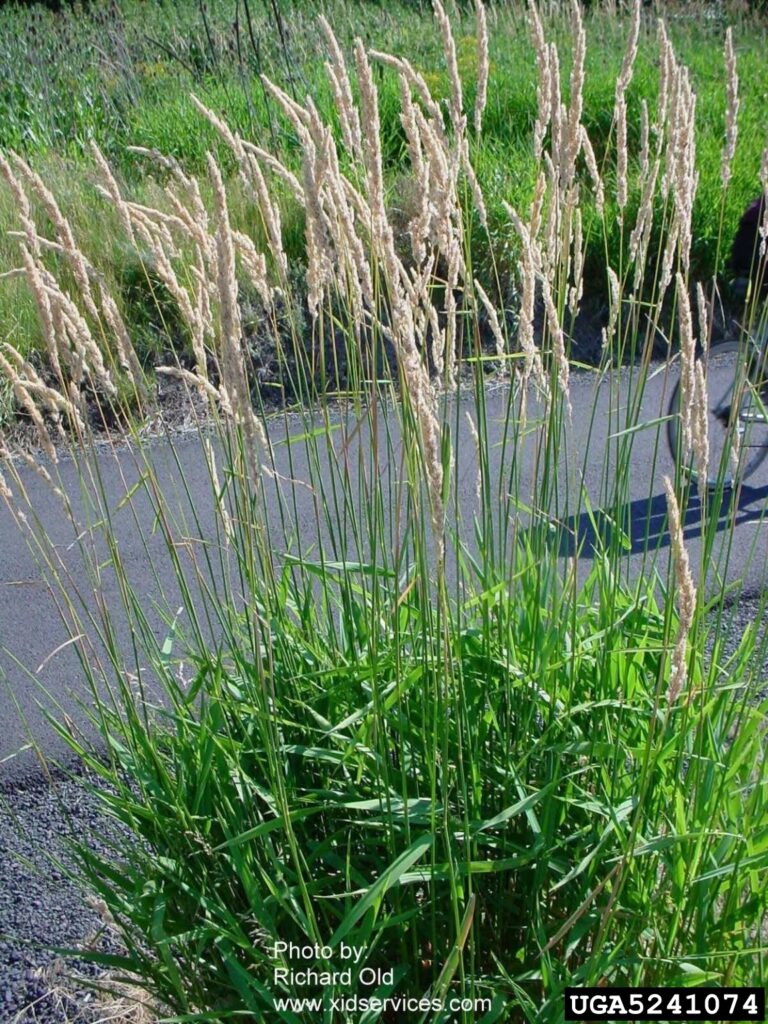
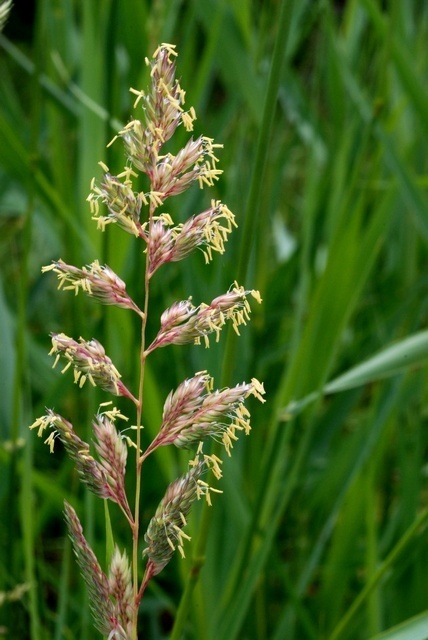
Reed Canary Grass, Phalaris arundinacea - WEED
erect hairless stems growing in clumps, inflorescence are green and or slightly purple until tan, leaves are wide and flat
Spray Reed Canary Grass with 3% glyphosate
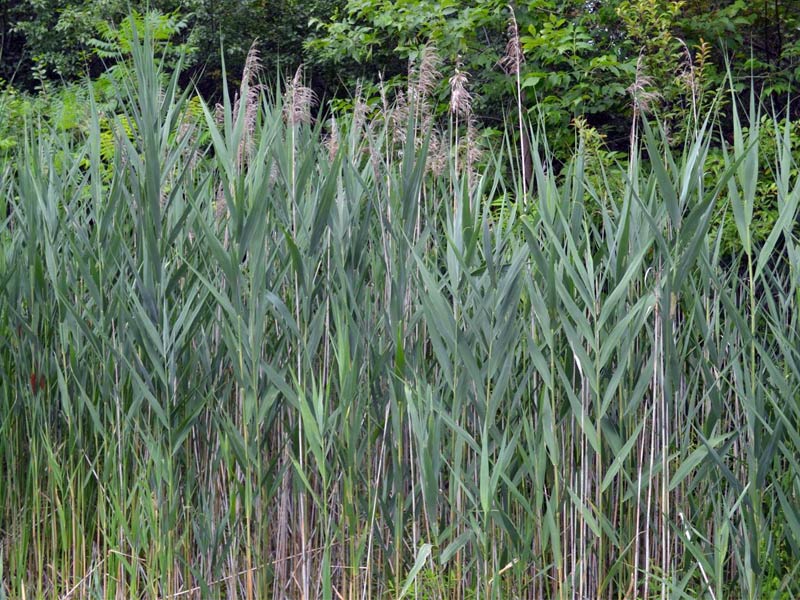
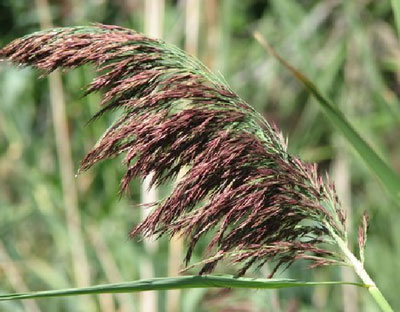
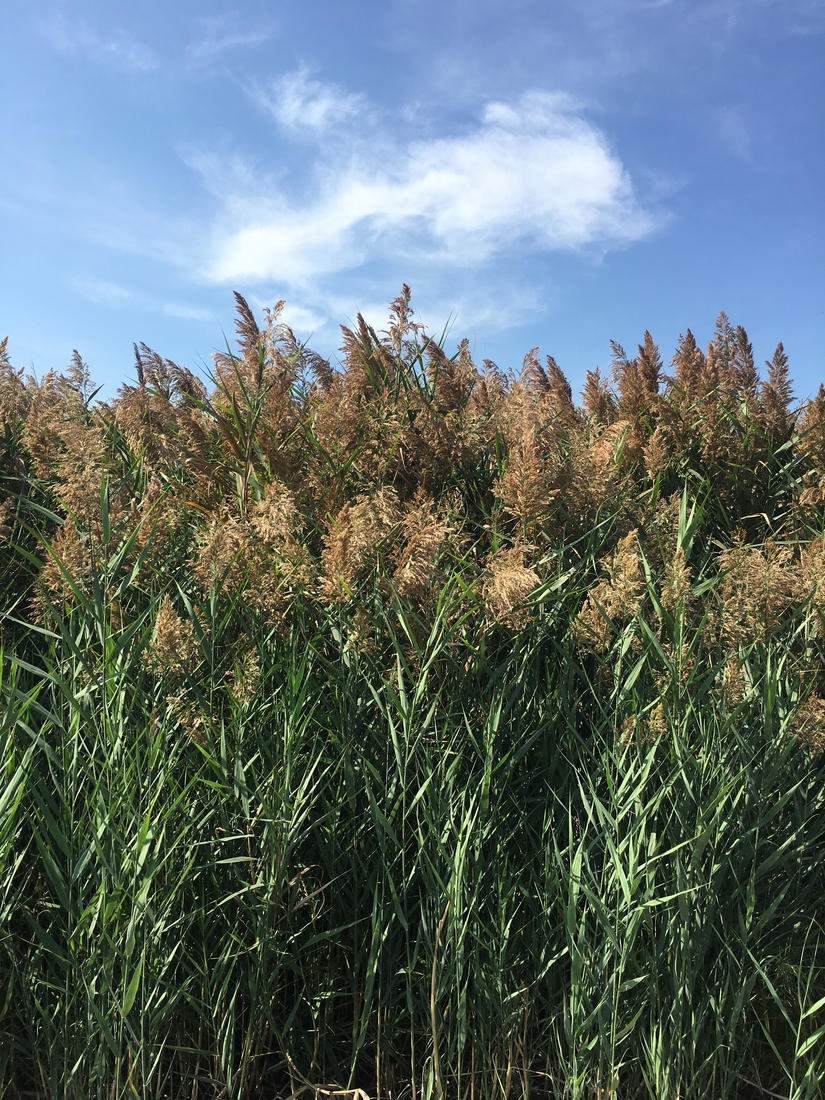
Common Reed, Phragmites australis - WEED
leaves and stems are pale dusty green color, leaves being crimped but flat and considerably long, arranged alternately, feather duster like flower heads at the top of tall stems, these tend to be bushier than native species.
Glyphosate is most affective
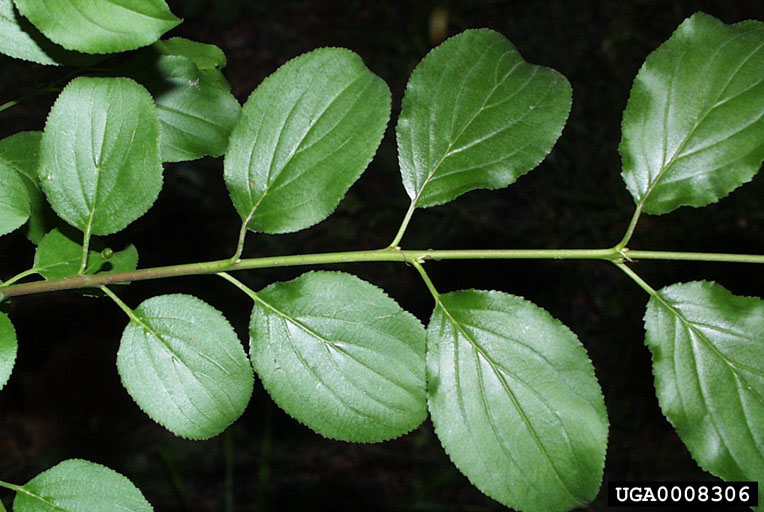
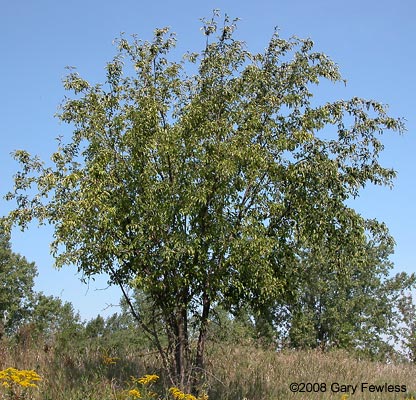
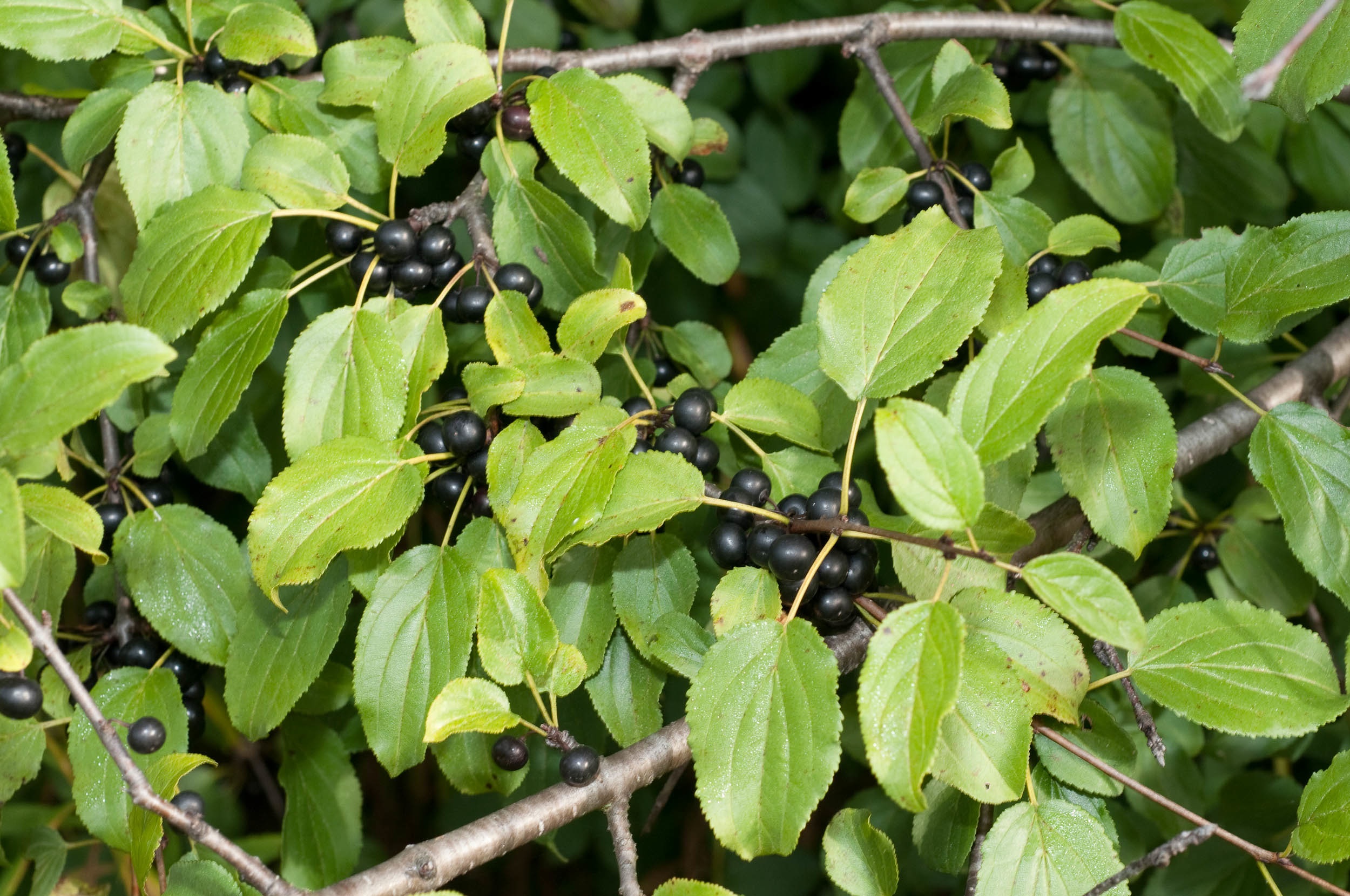
Common Buckthorn, Rhamnus cathartica - WEED
can be shrub or tree like, silver-charcoal colored bark, cut branches and trunk show bright yellow/orange heartwoods, leaves are almost opposite, egg-shaped with point at tip, very finely toothed, and glossy, produces small black berries that are toxic to humans.
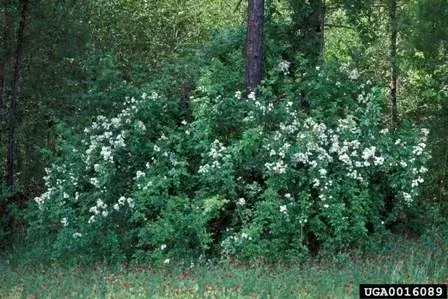
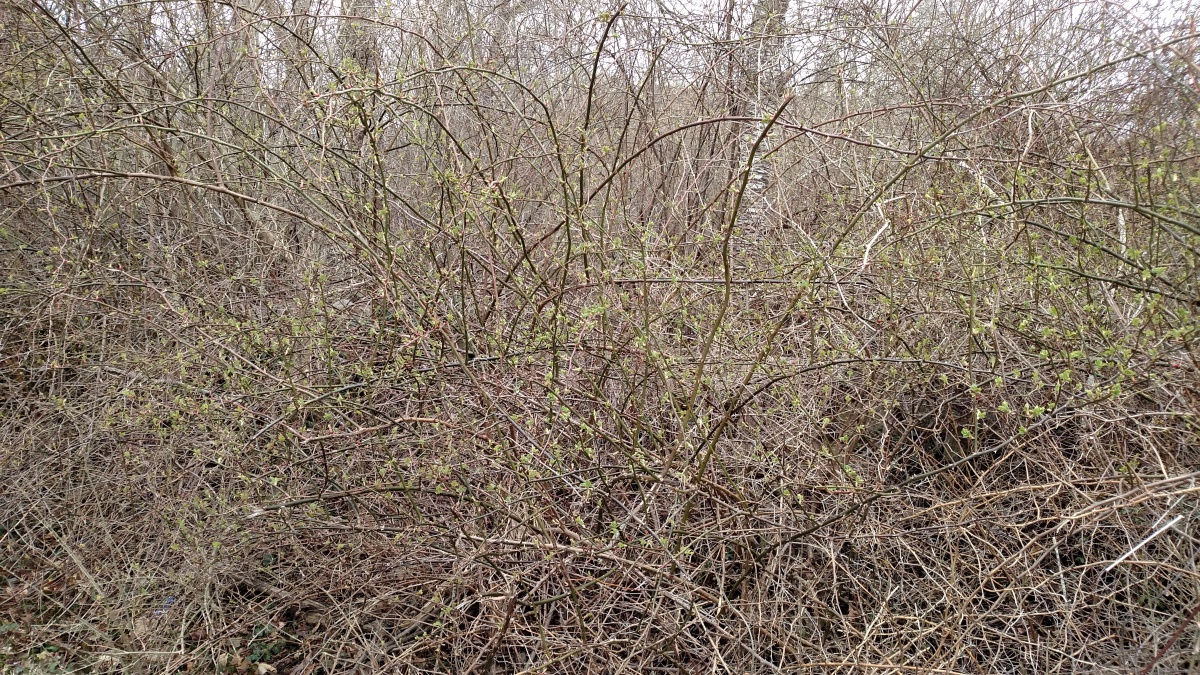

Multiflora Rose, Rosa multiflora - WEED
Found in woodlands, tall, small and thin double toothed leaves that are opposite and pinnately compound, each leaf has a stipule (leafy and hairy material) white five pedal flowers in clusters thorny and mean. repeated mowing and cuttings, cut and put 20% glyphosate in cut
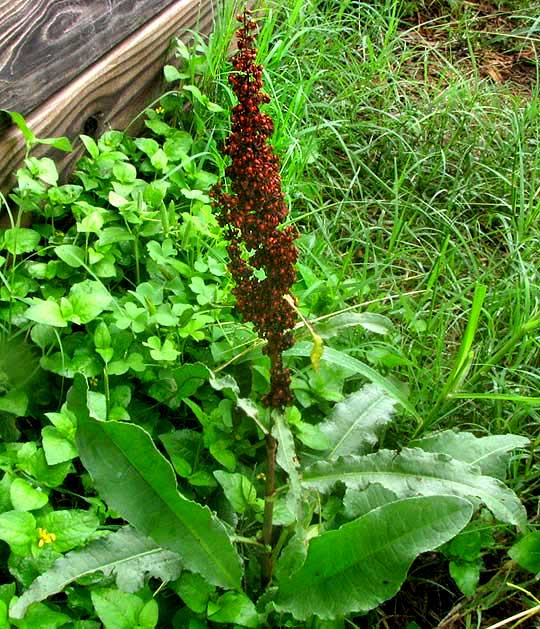
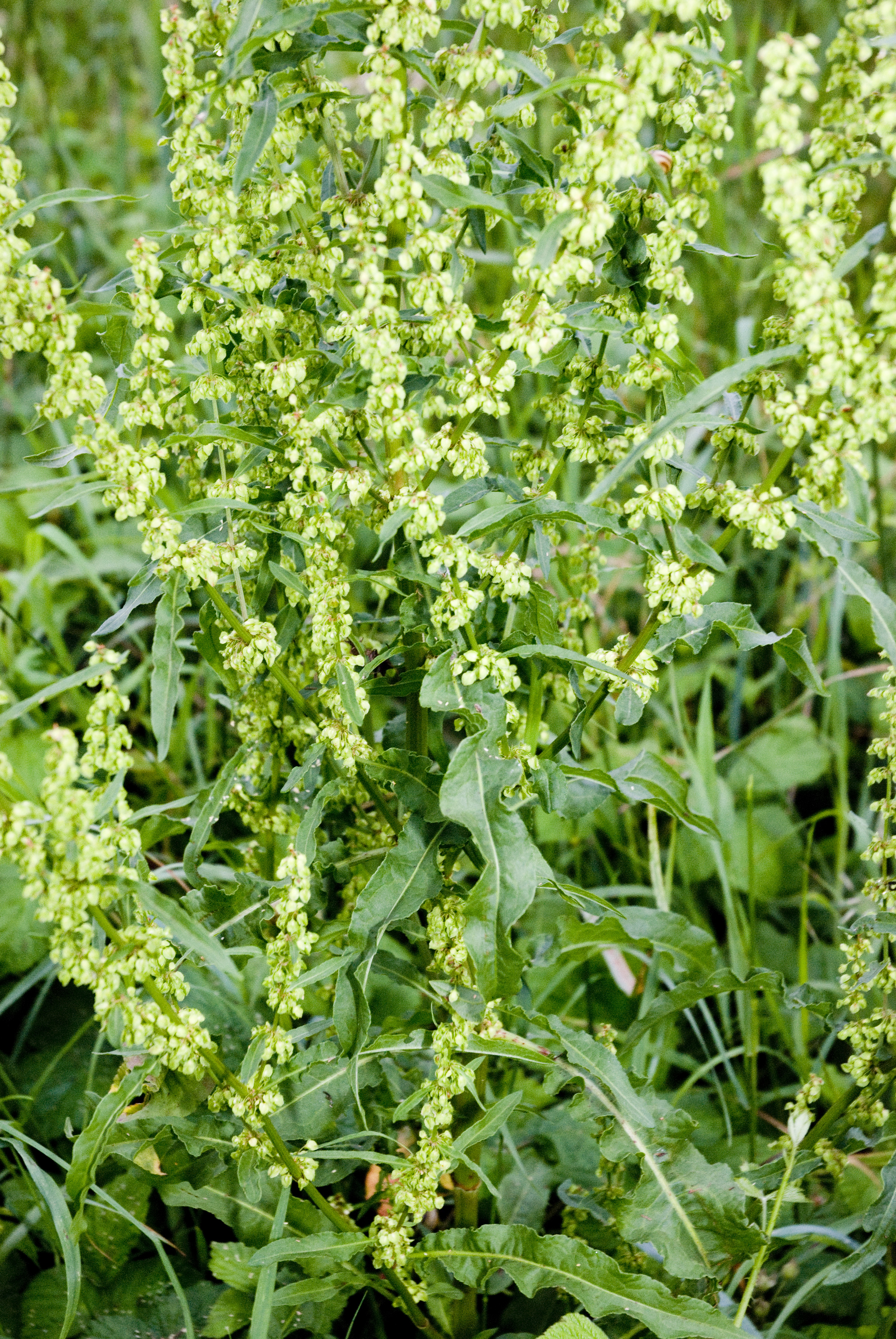
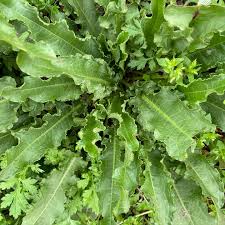
Curly Dock, Rumex crispus - WEED
leaves are long, narrow, crispy, and wavy, reddish stems, produces clusters of small yellowish and red flowers, often found in disturbed soils, thrives in wet areas. 2% glyphosate, cut and removed if flowering.
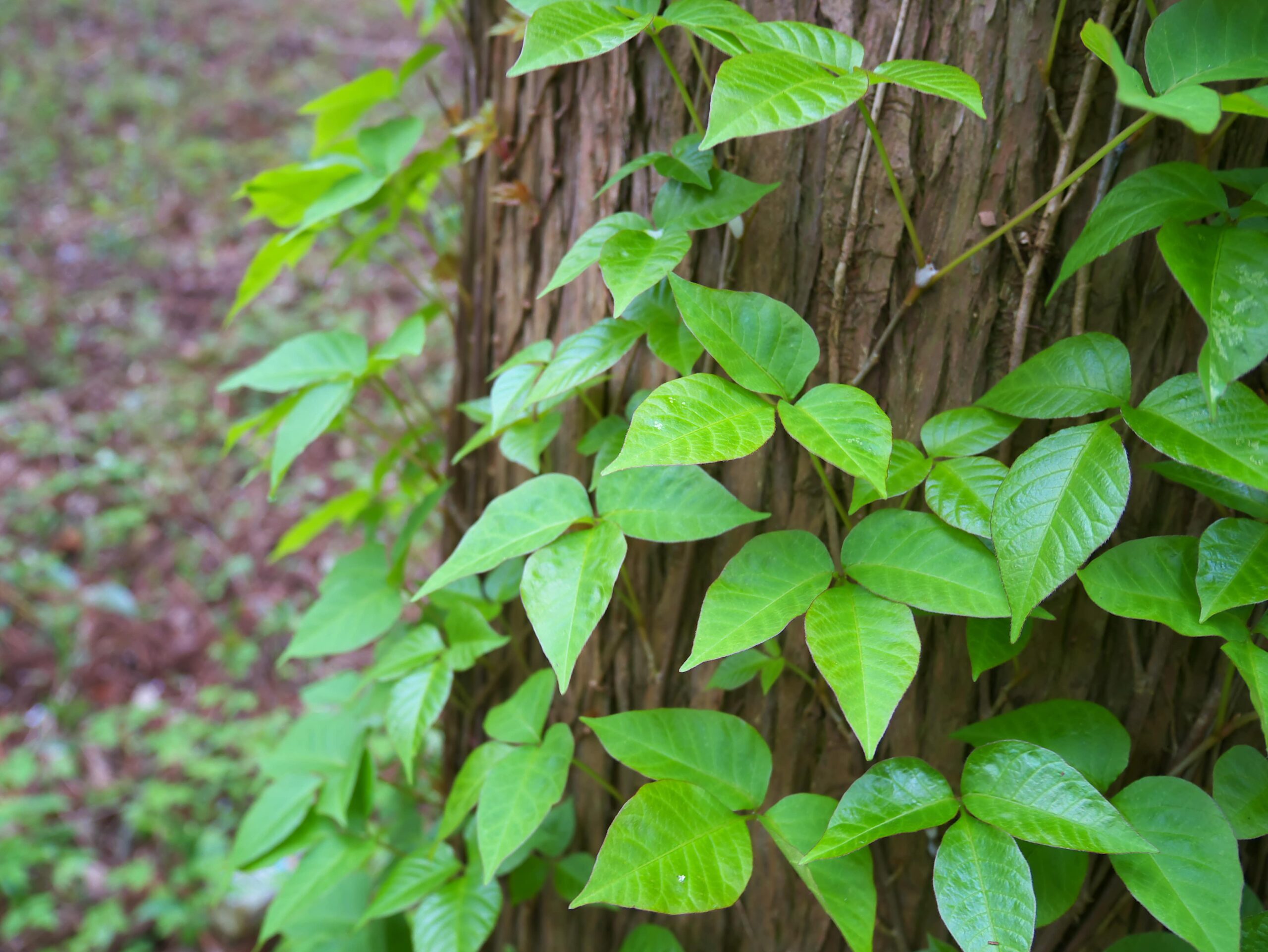
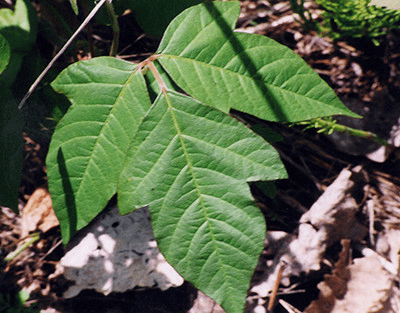
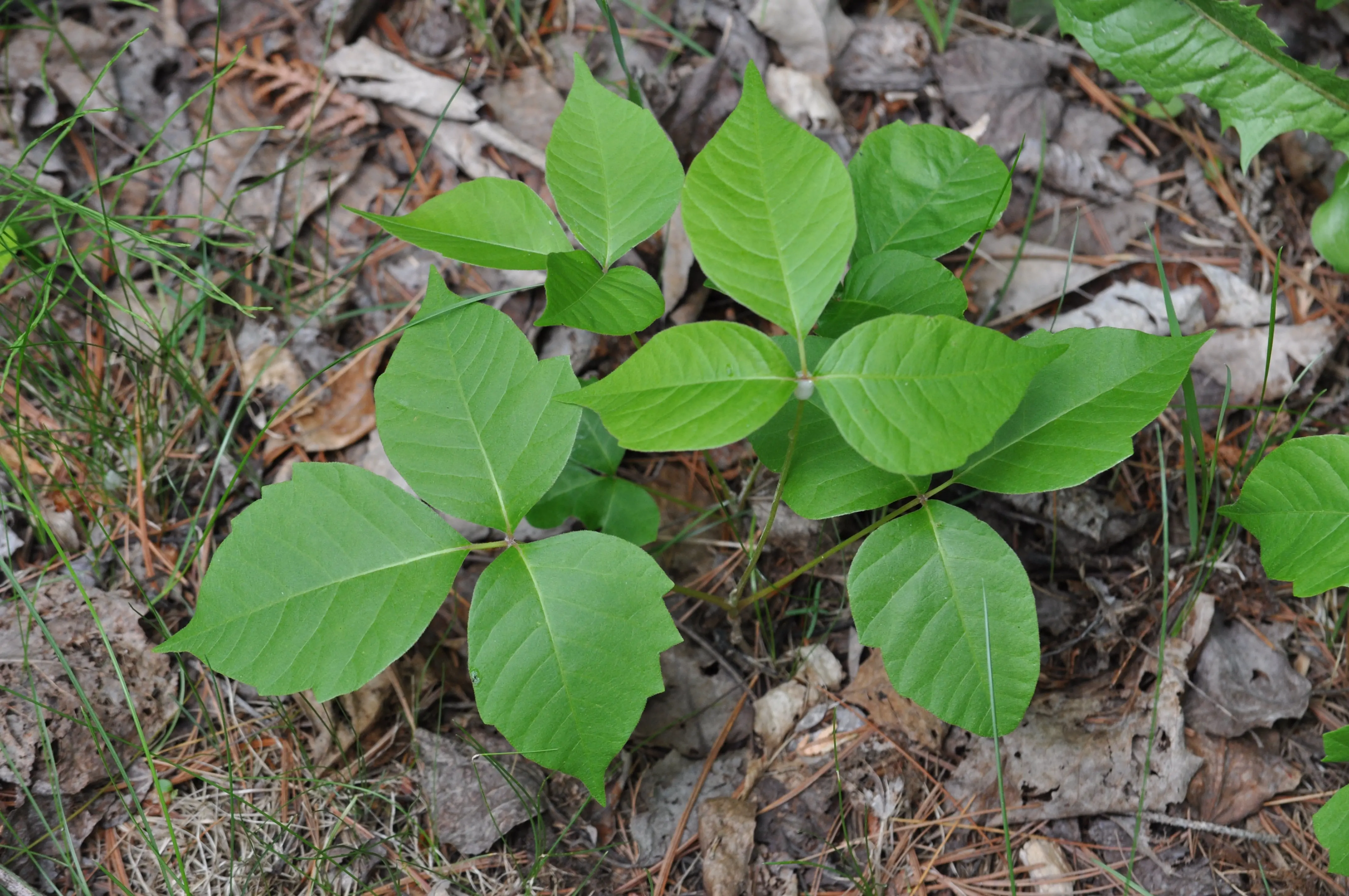
Poison Ivy, Toxicodendron radicans - WEED
characterized by its three leaflets, which can be glossy or dull and often have three toothed tip. It can grow as a vine or shrub and produces small greenish flowers that develop into white berries.
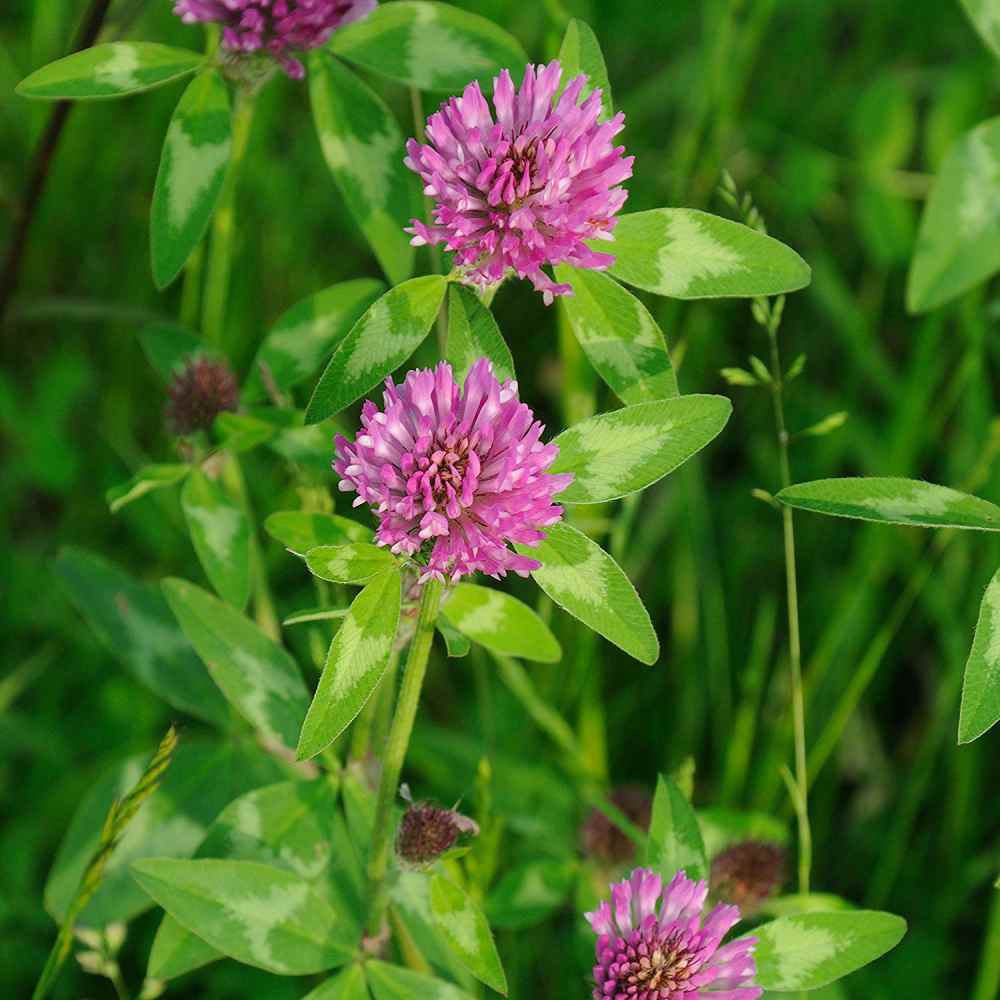
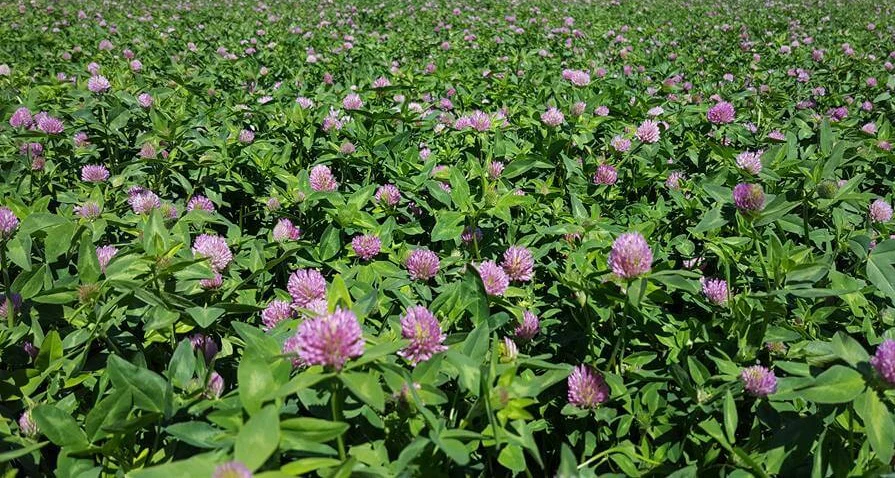
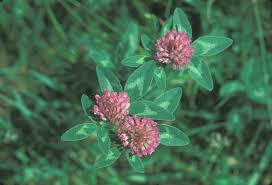
Red Clover, trifolium pratense - WEED
Hairy stems with pink or purple flowers, three leaflets each with v shaped symbol of white or light green.
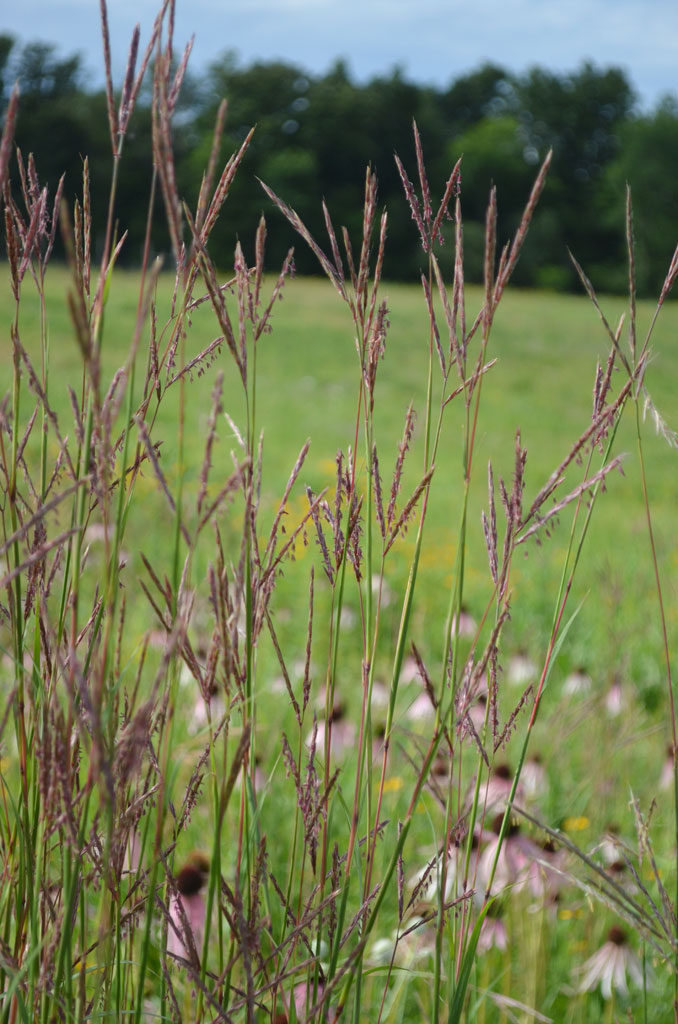
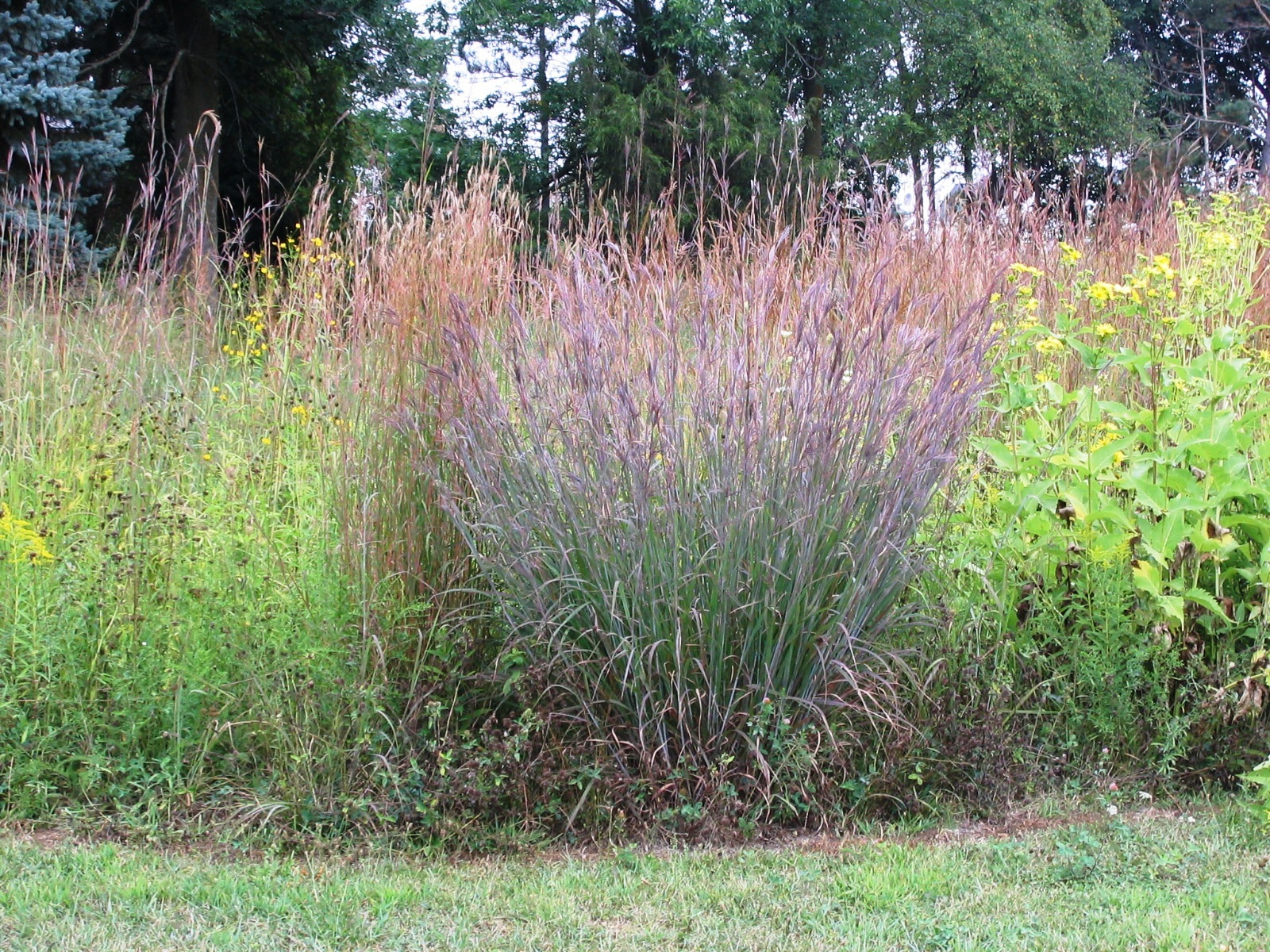
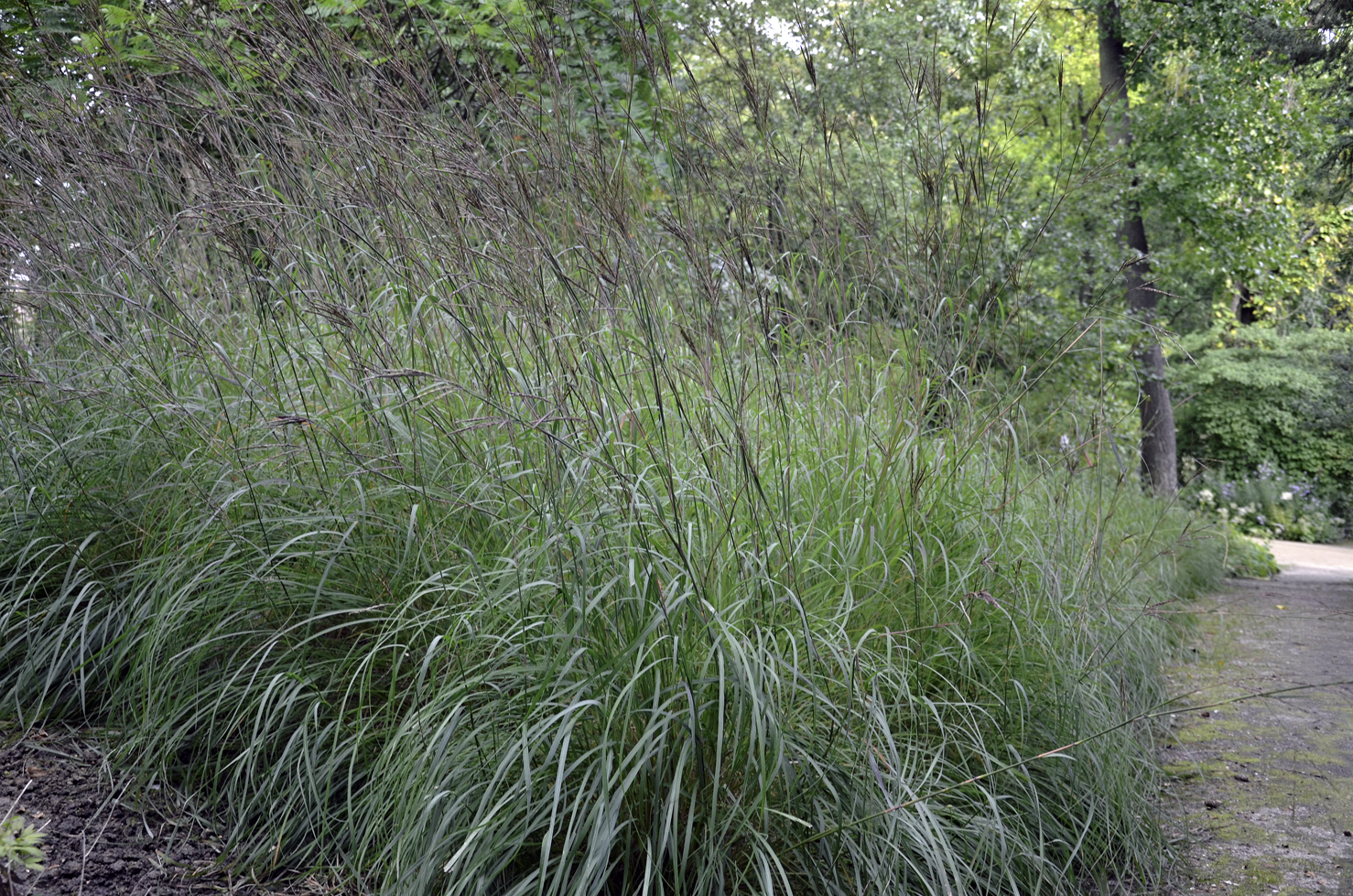
Big Bluestem, Andropogon gerardii
three pronged “trukey’s foot” seed heads. The stems and leaves have a slightly bluish tinge to them, as well as redish streak.
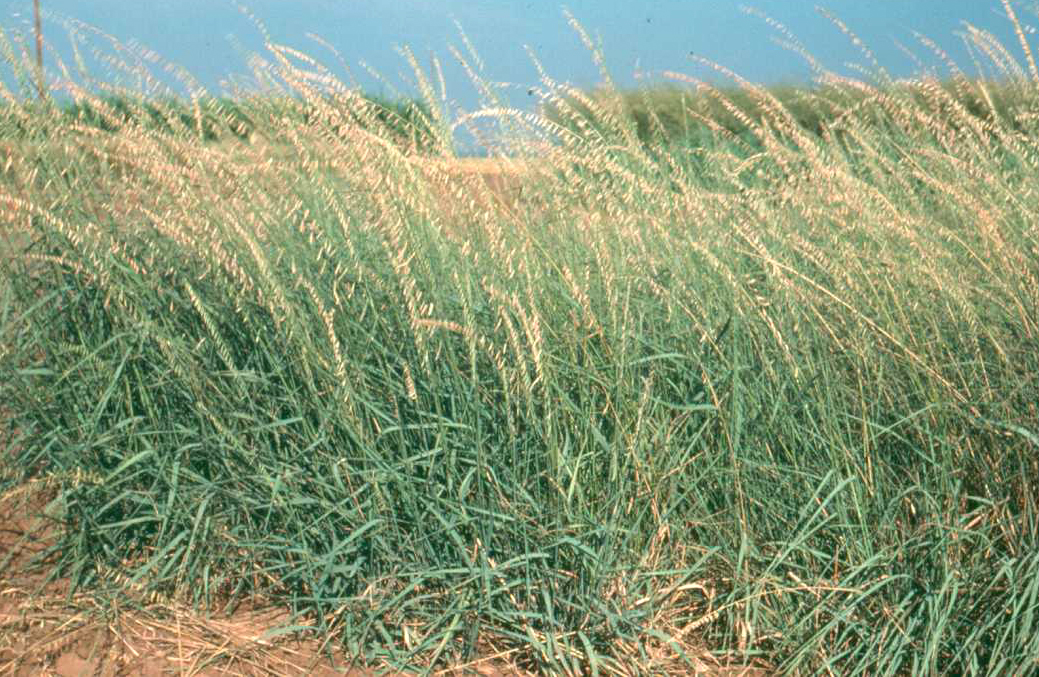
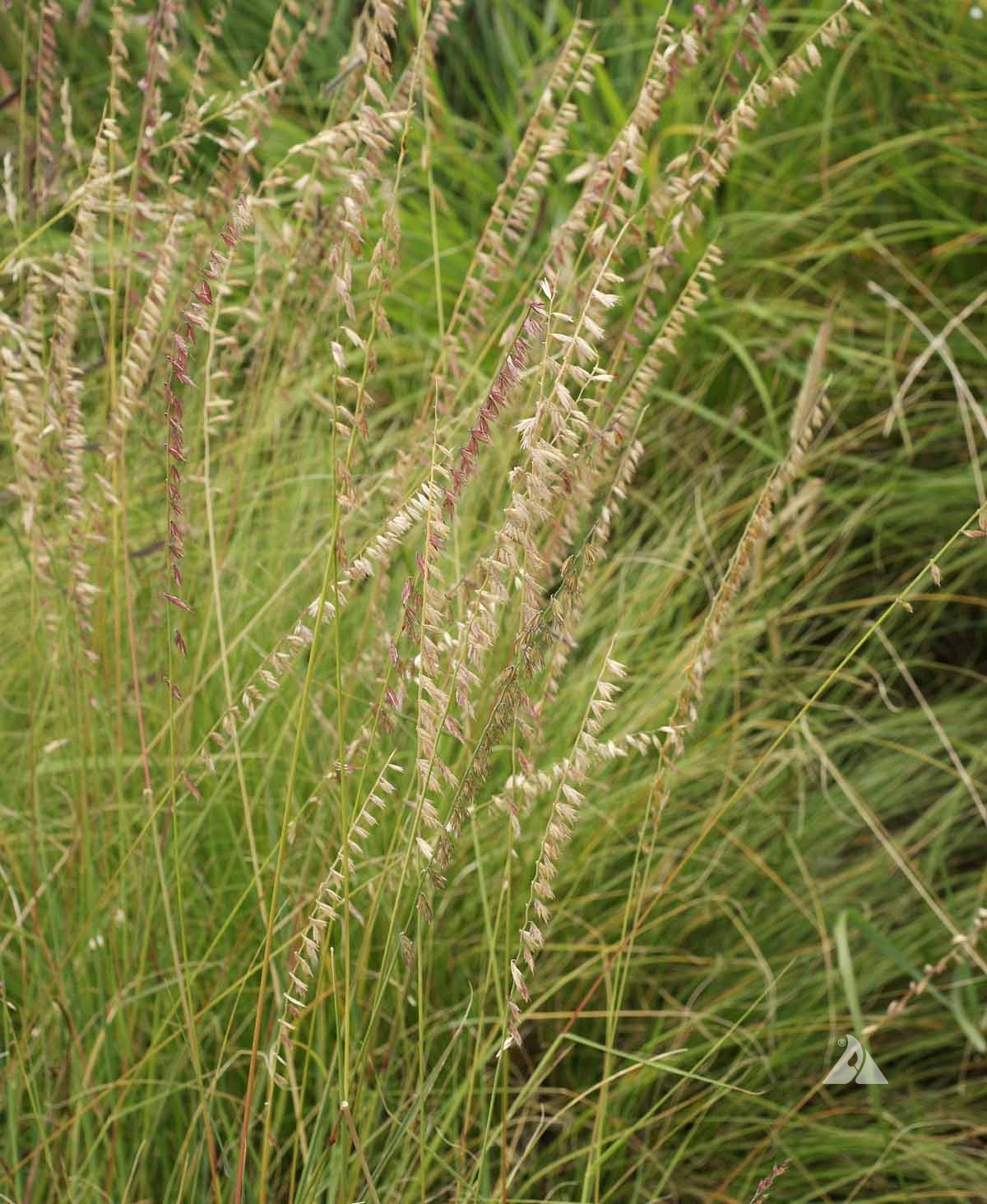
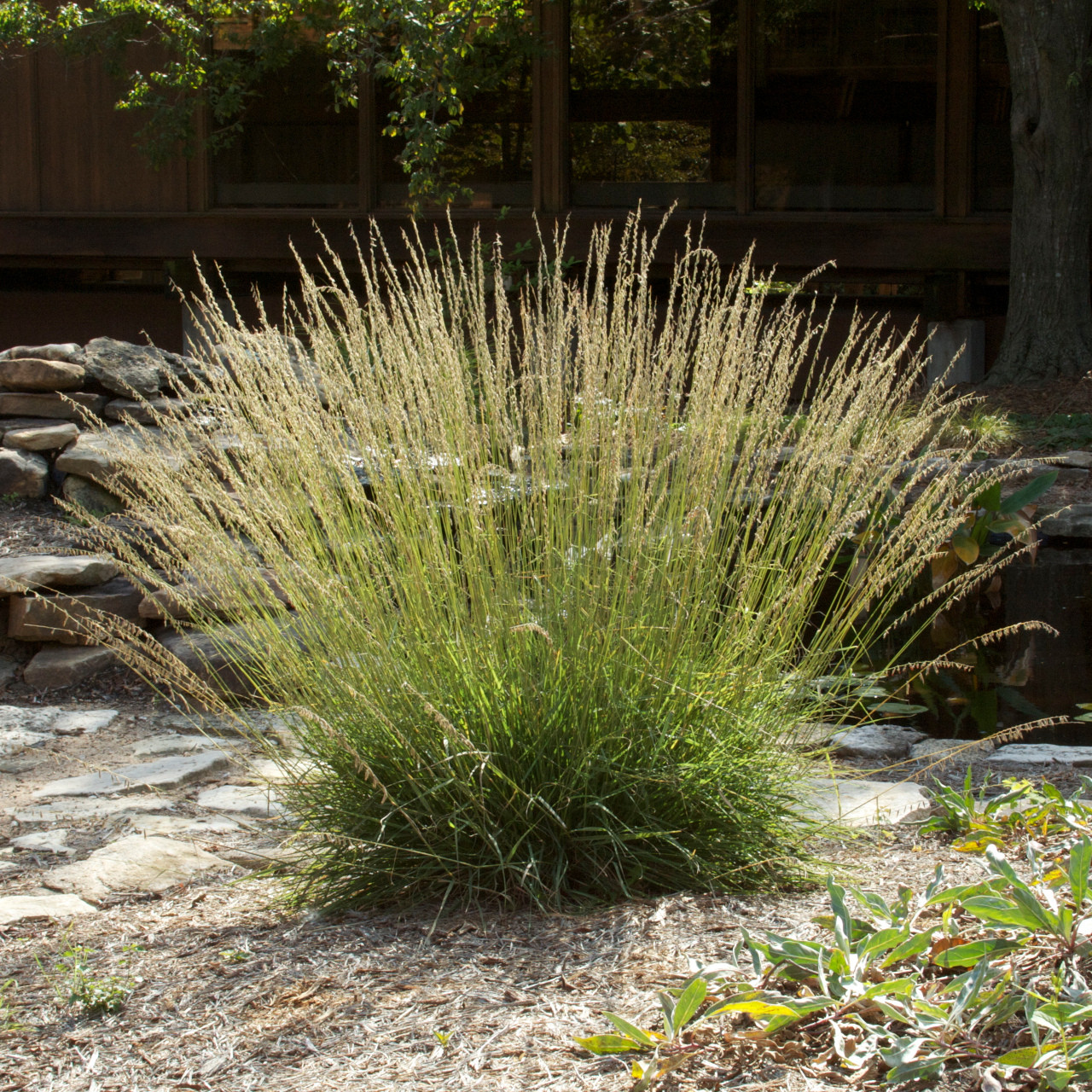
Side-oats Grama, Bouteloua curtipendula
Grows in individual clamps. flowers and seeds line up on one side of the thin long stalk, which tend to be more vertical.
Barnyard Grass, Echinochloa crus-galli, Grass
This species is most notable and abundant in wet prairies, often forming dense stands. Barnyard grass has a robust, upright growth habit with broad, flat leaves and can reach heights of up to 4 feet.
Canadian Wild Rye, Elymus canadensis, GRASS
Native perennial grass is tufted at the base producing stems about 3-5’ tall. Each has roughly 8 alternate leaves that are distributed throughout its length. Produces hairless basal leaves up to 1’ tall.
Rice-cut Grass, Leersia oryzoides, Grass
Native perennial grass that grows erect up to 4 feet tall. Hallow stem that is light to yellowish green and smooth. Blades are alternative and dull green, and are slightly rough with fine saw teeth at the end. Grows in wetlands and marshy areas, often forming dense stands.
Switch Grass, Panicum virgatum, Grass